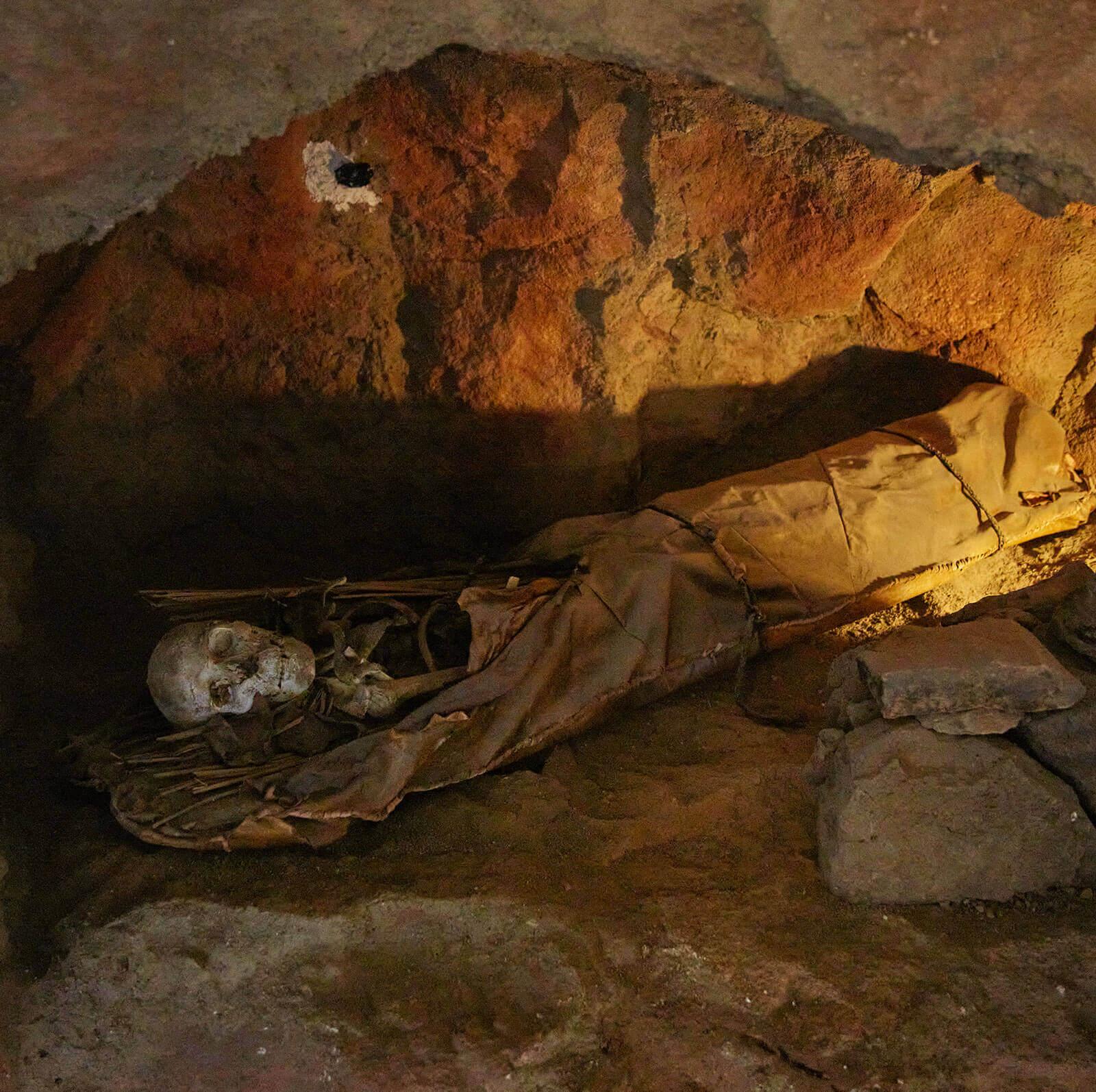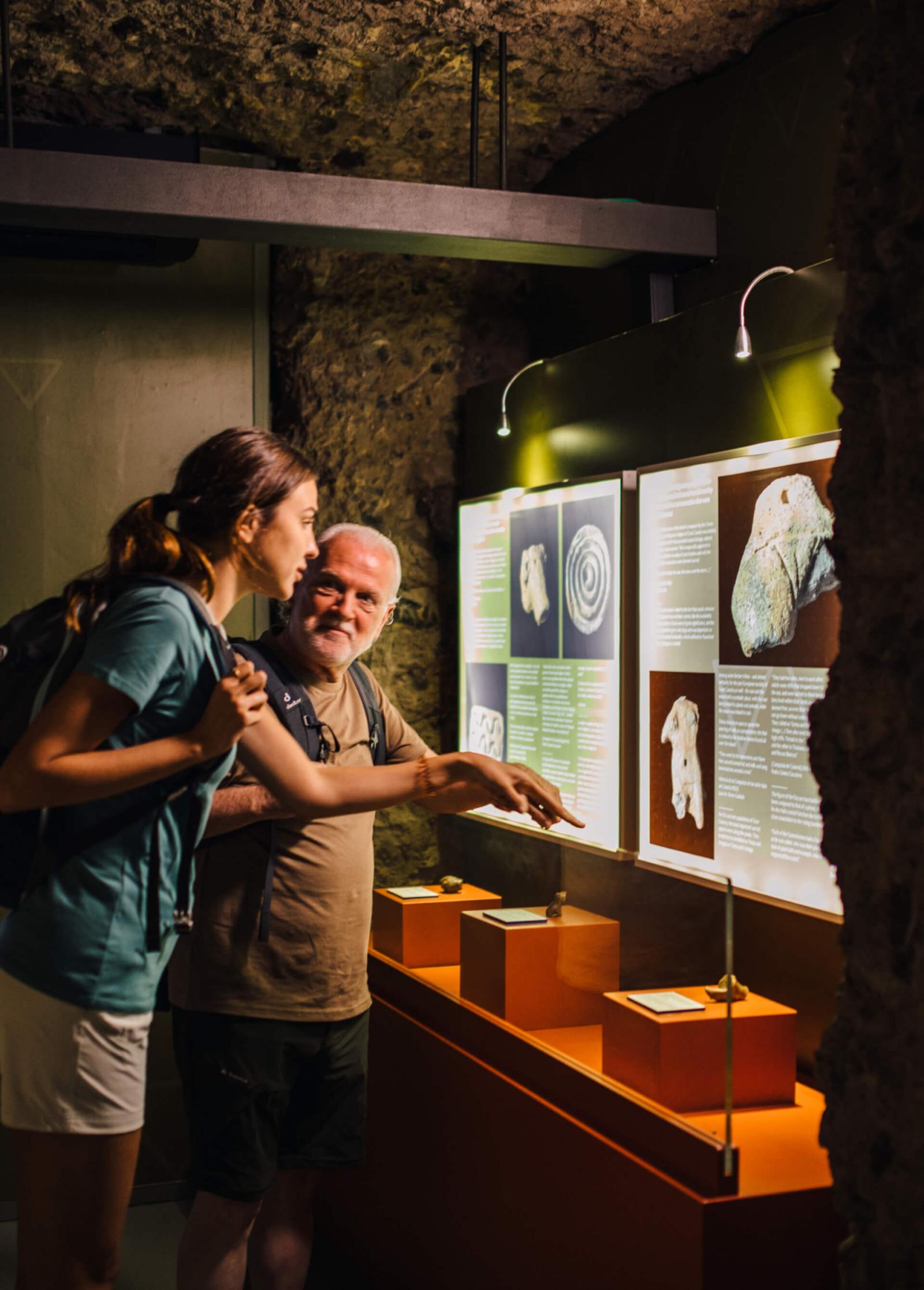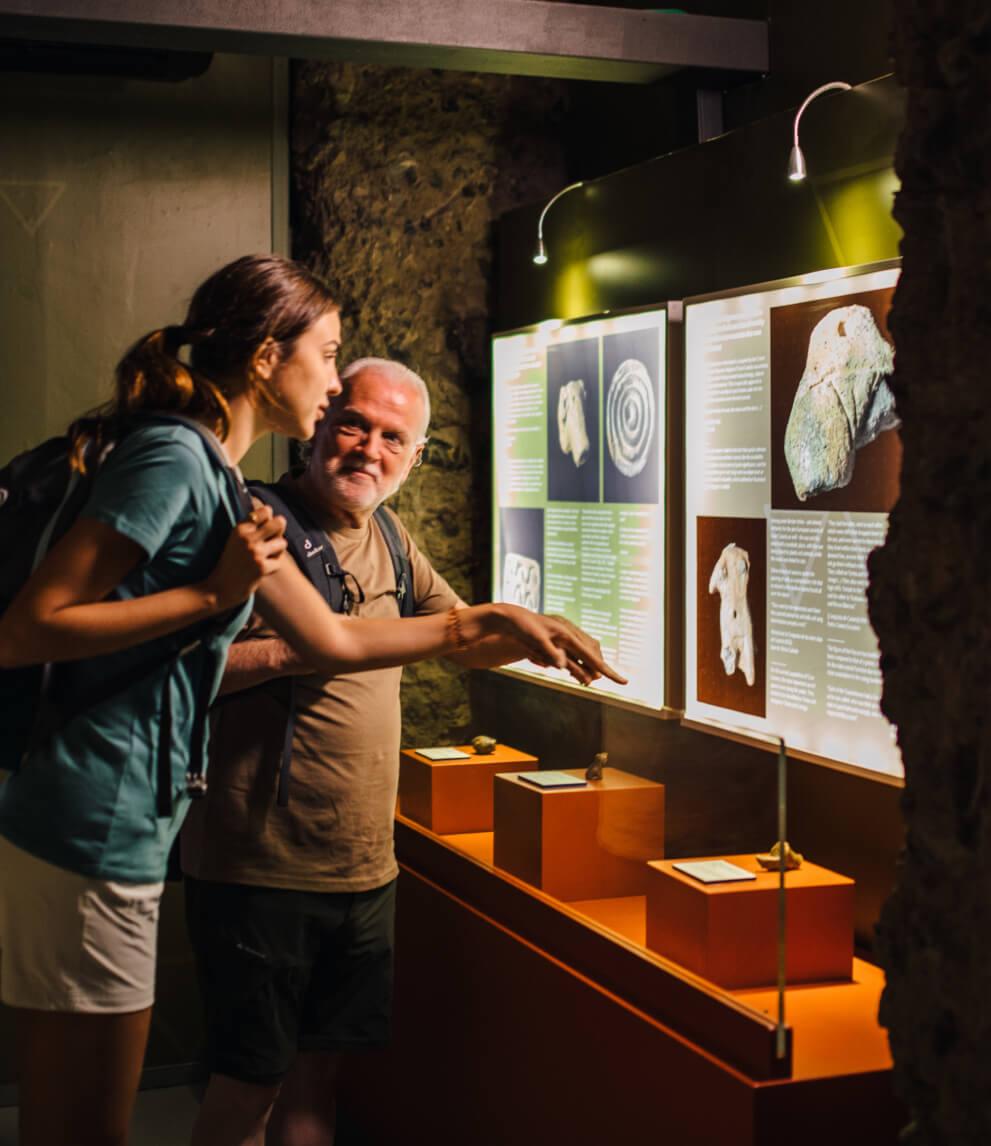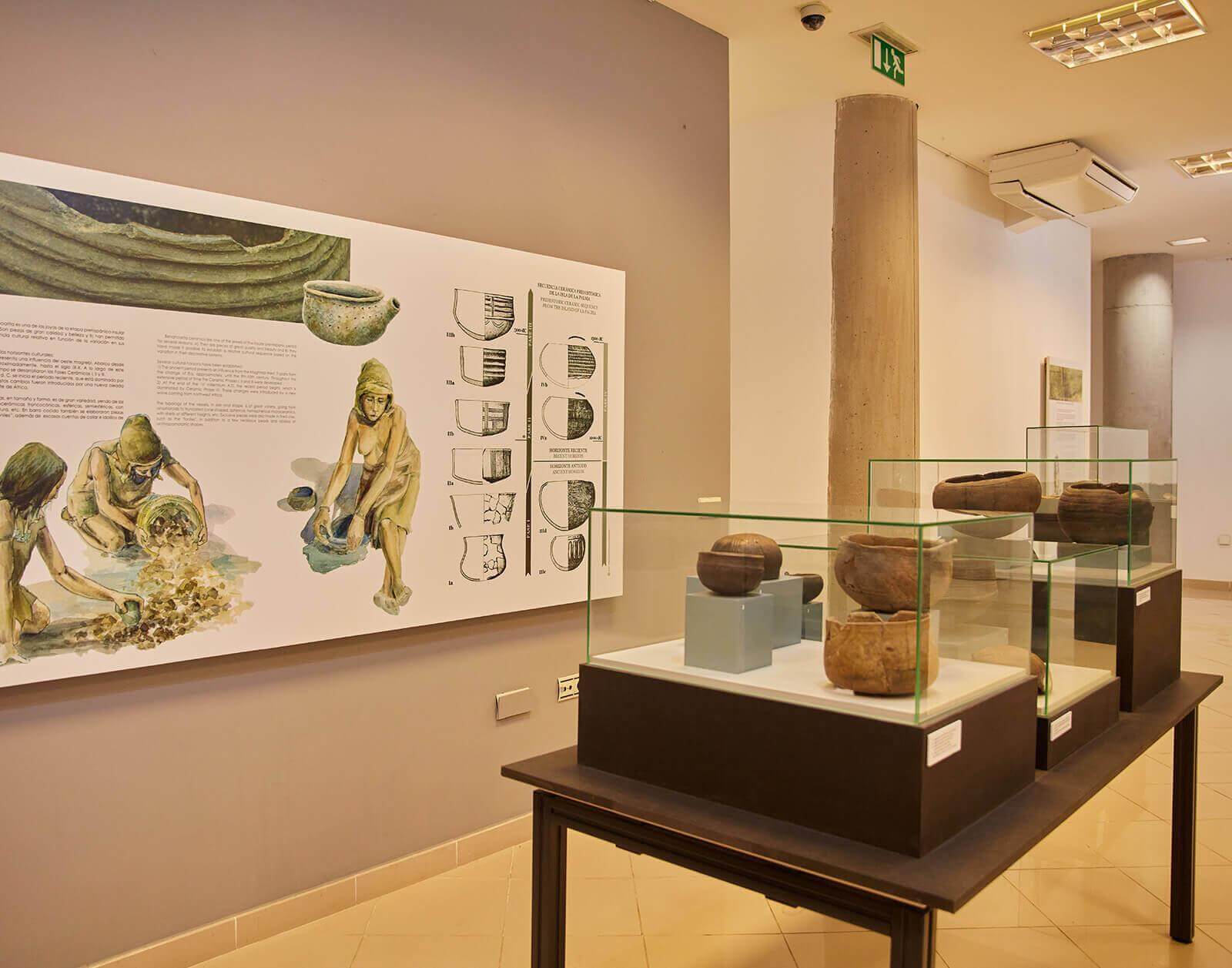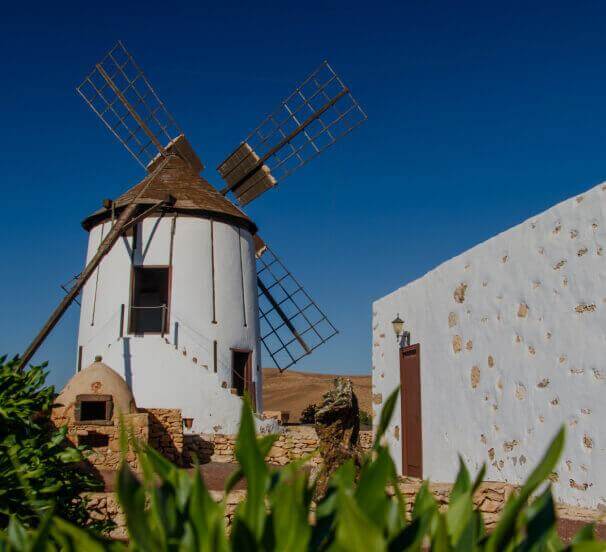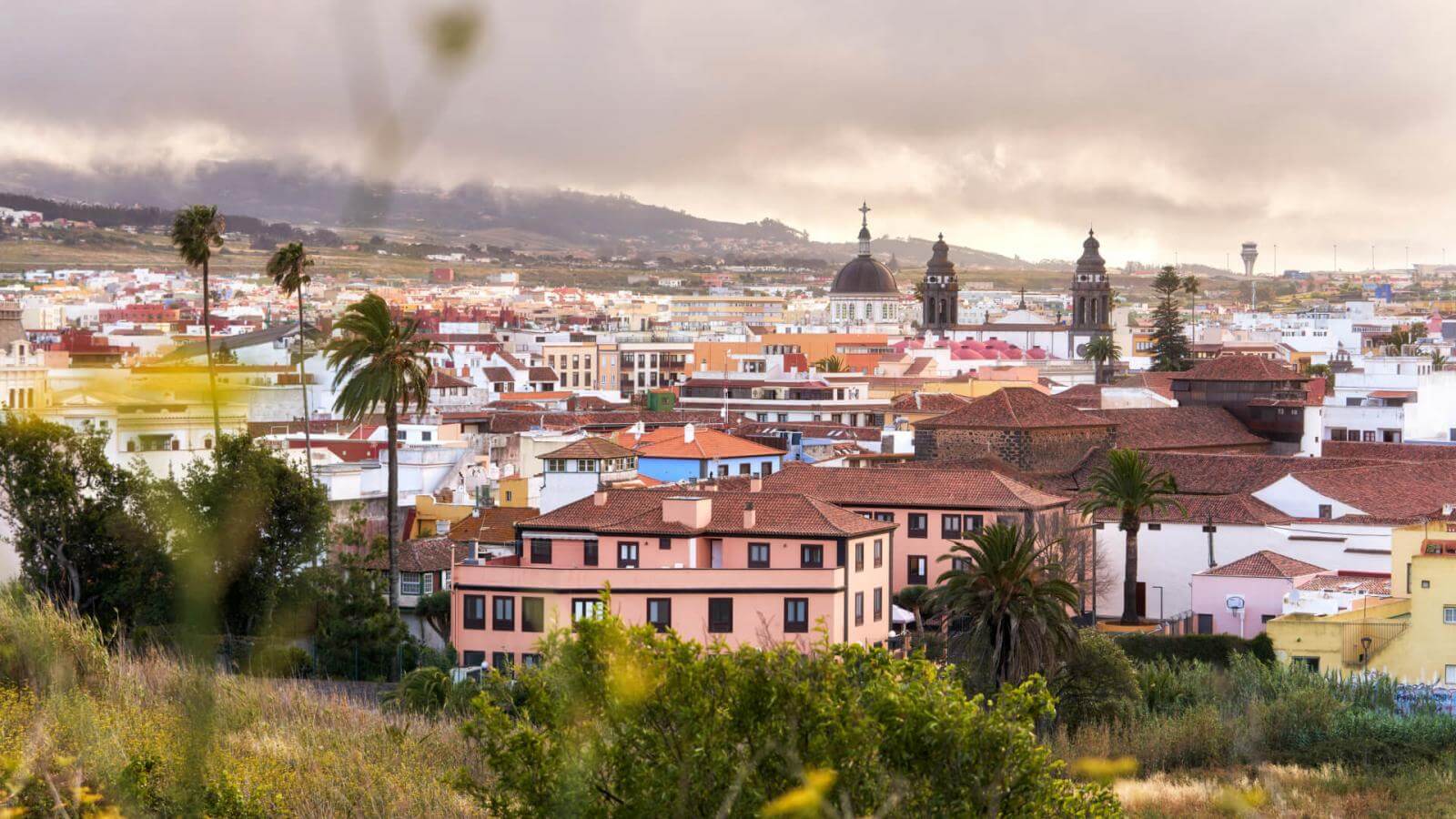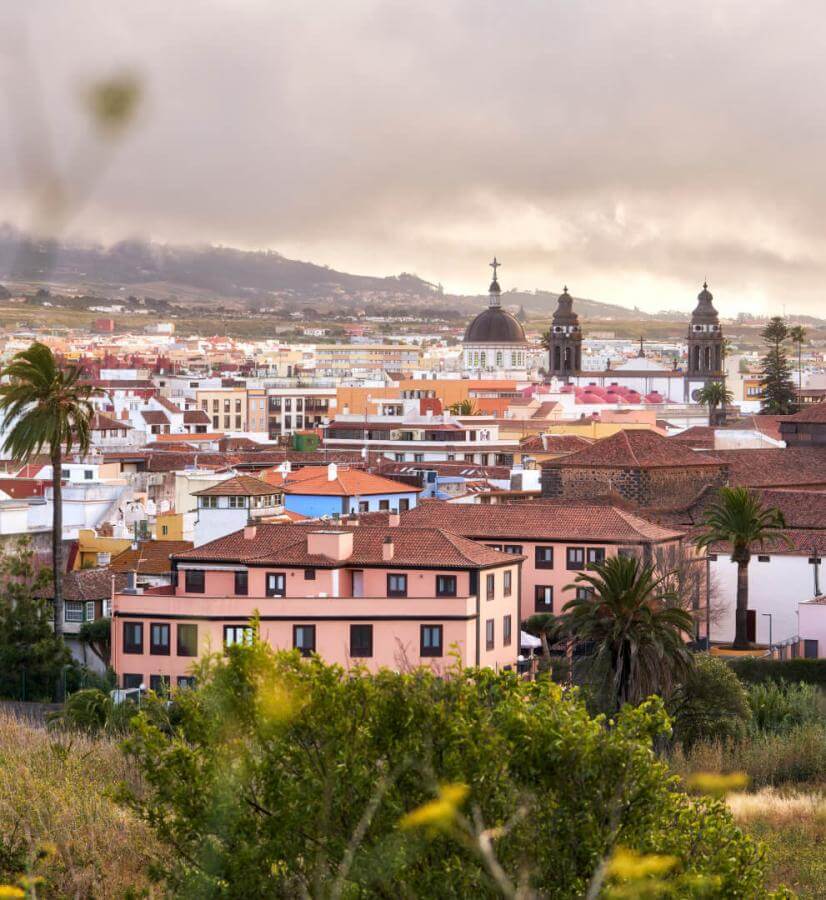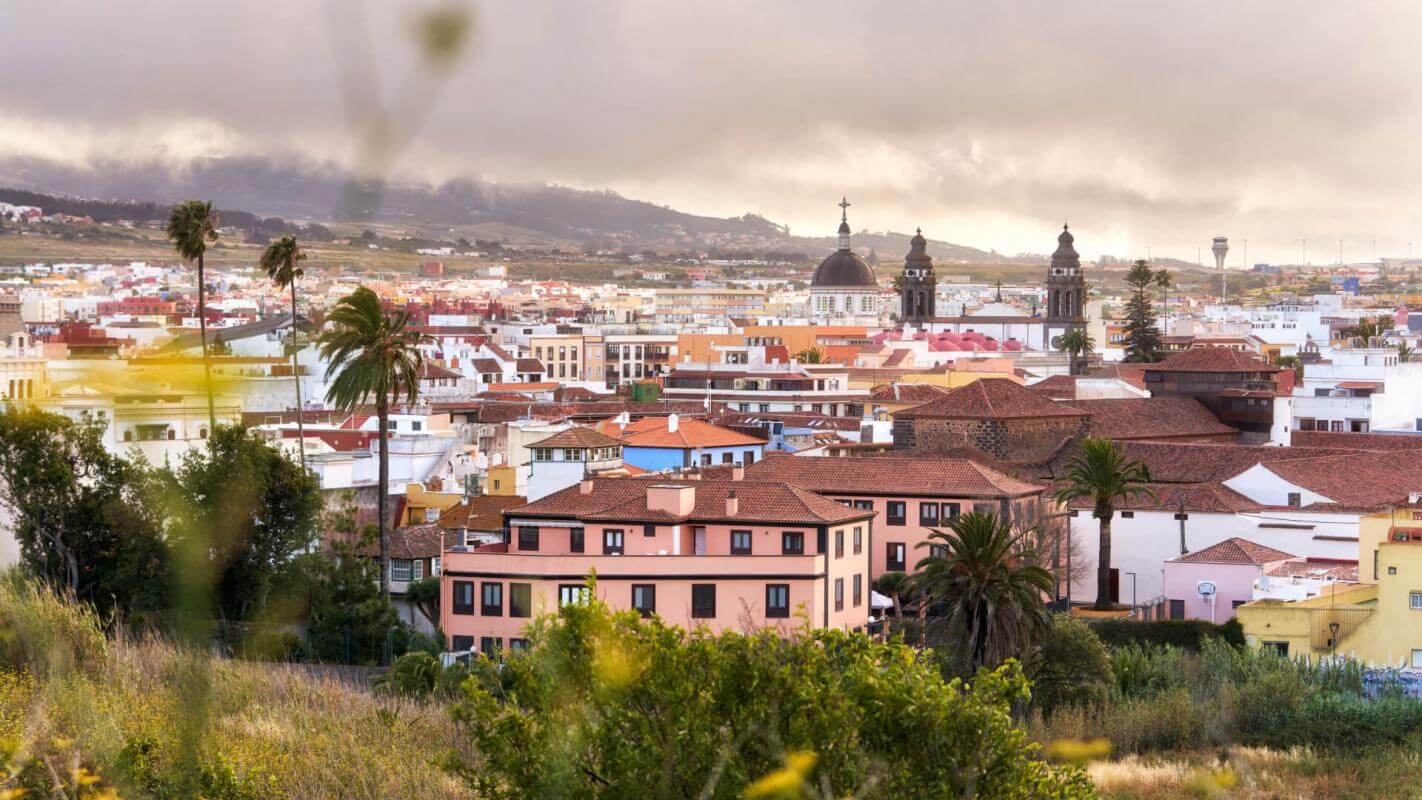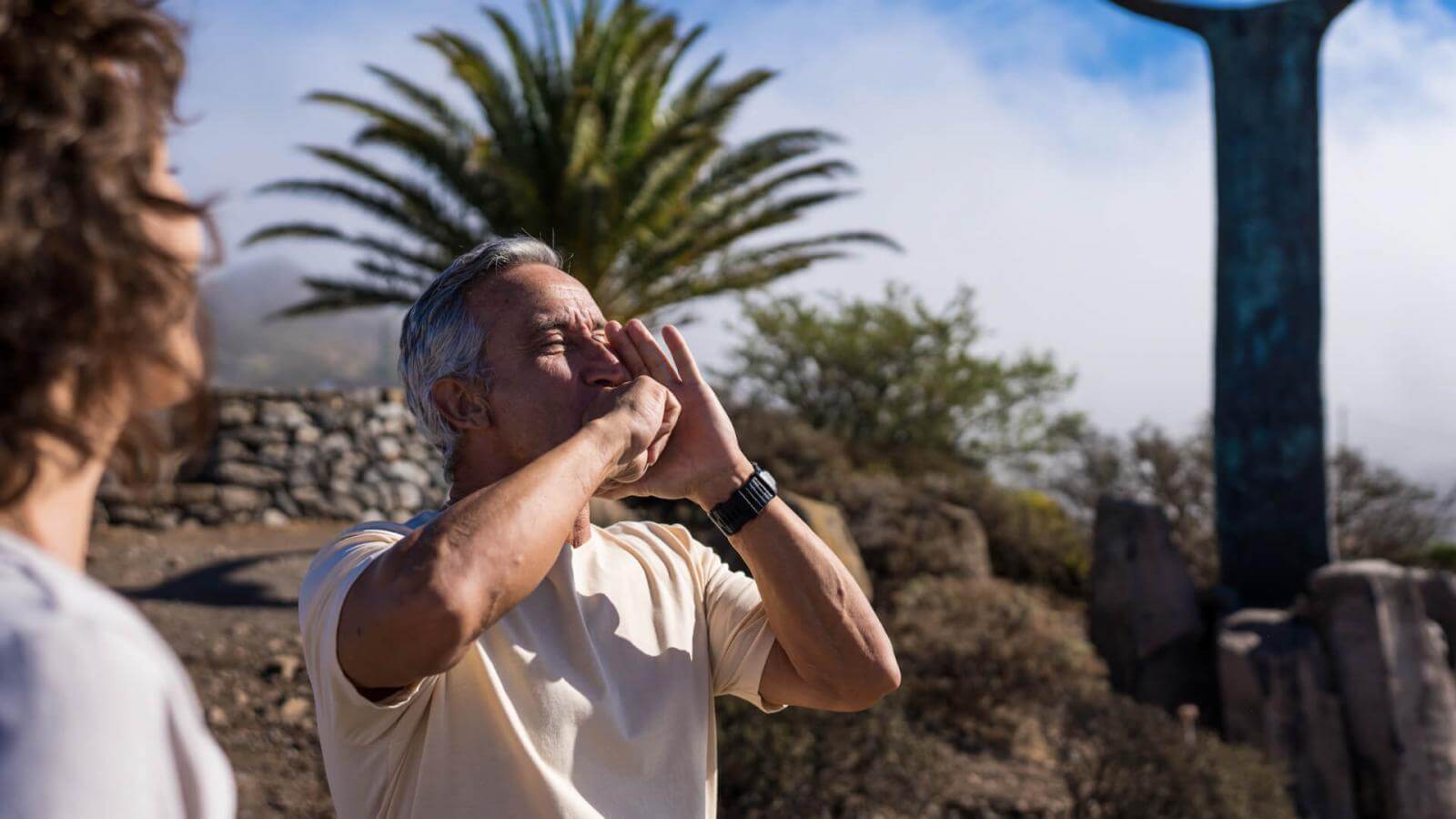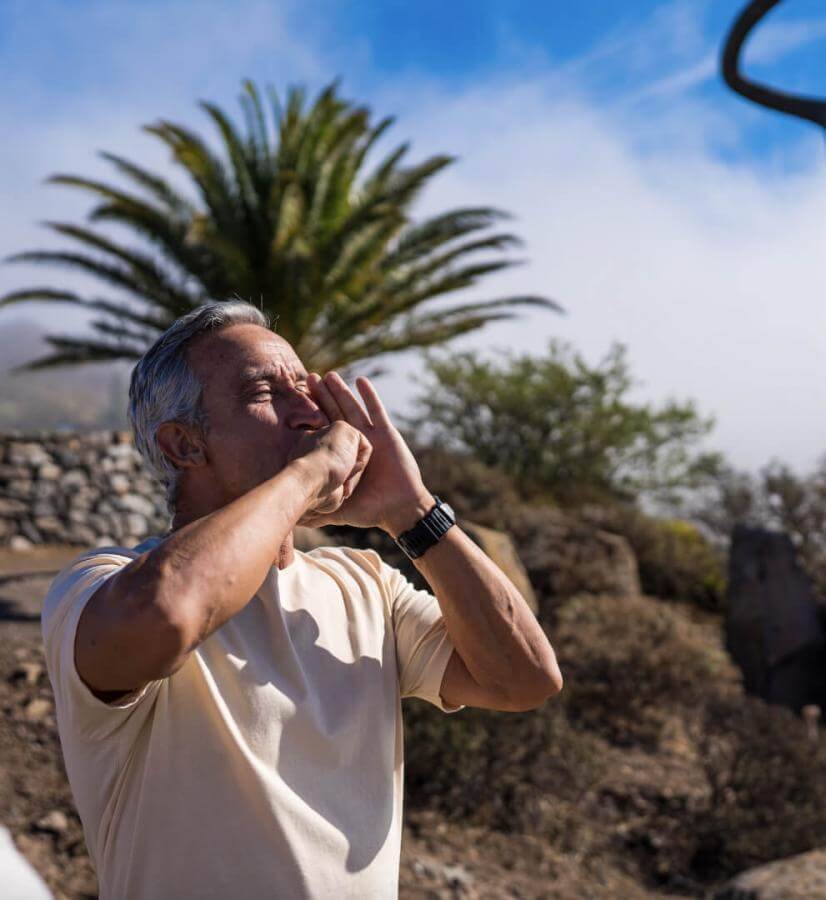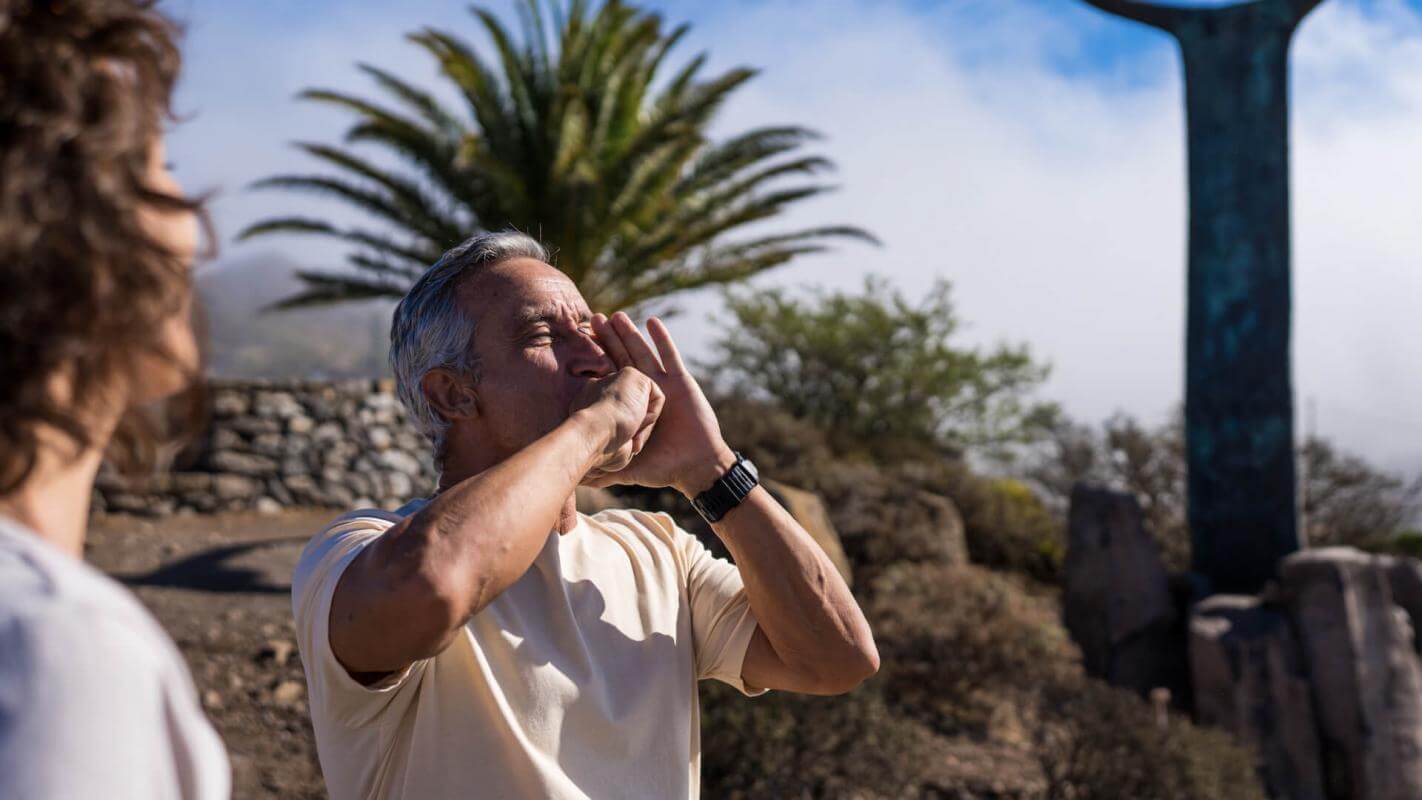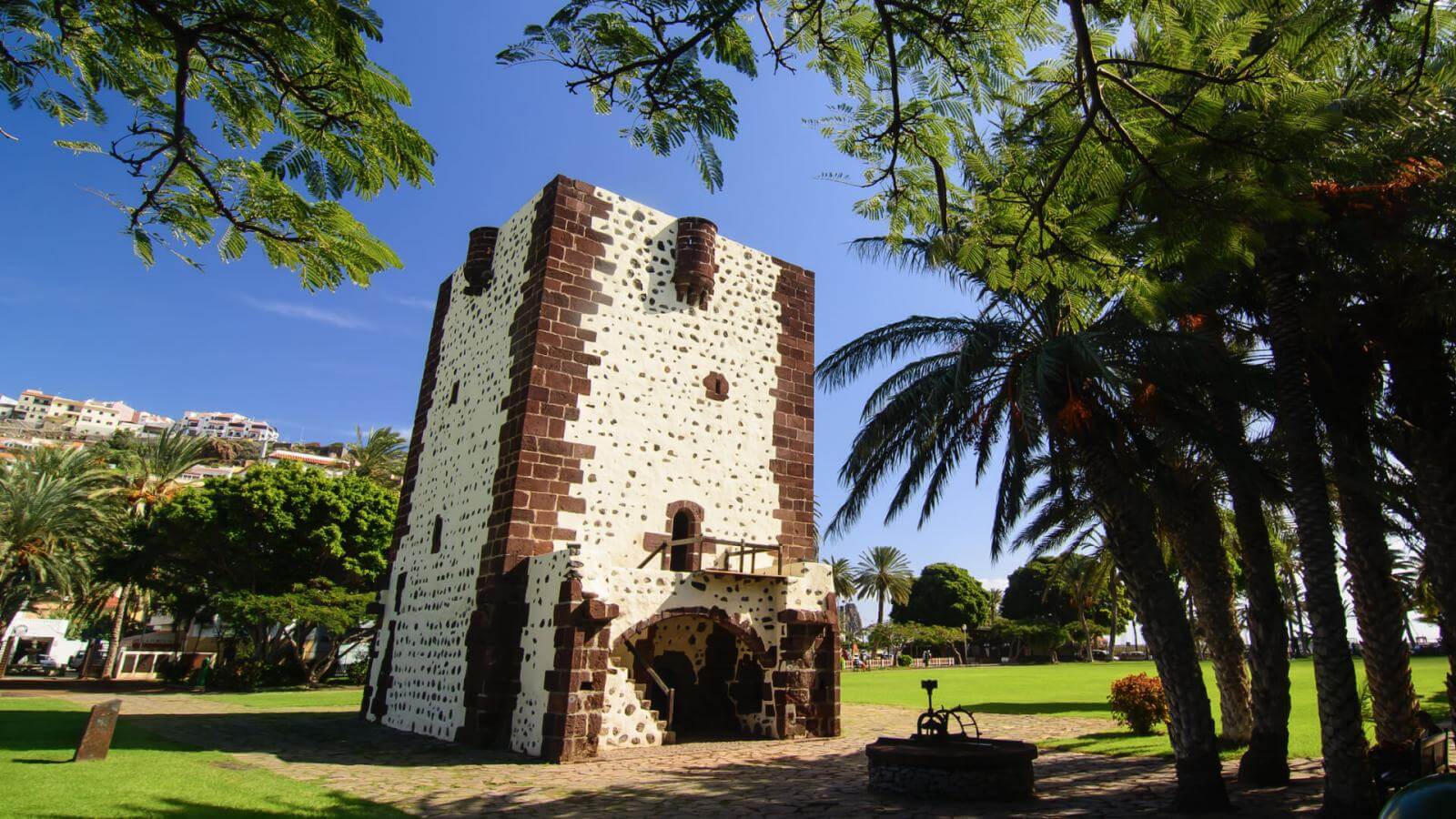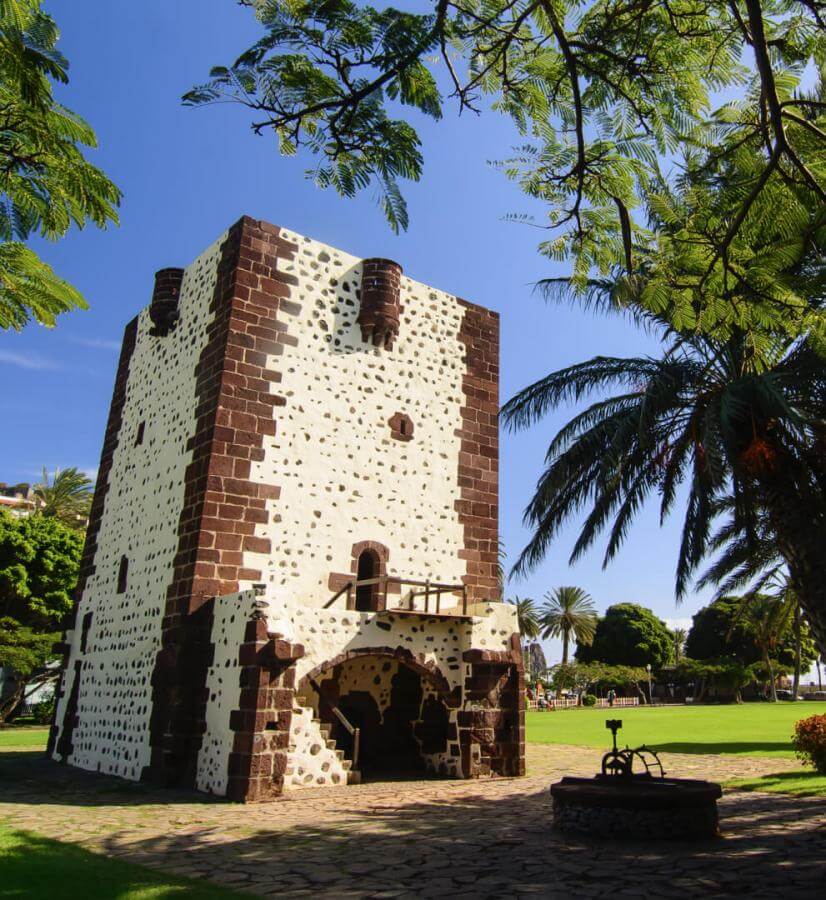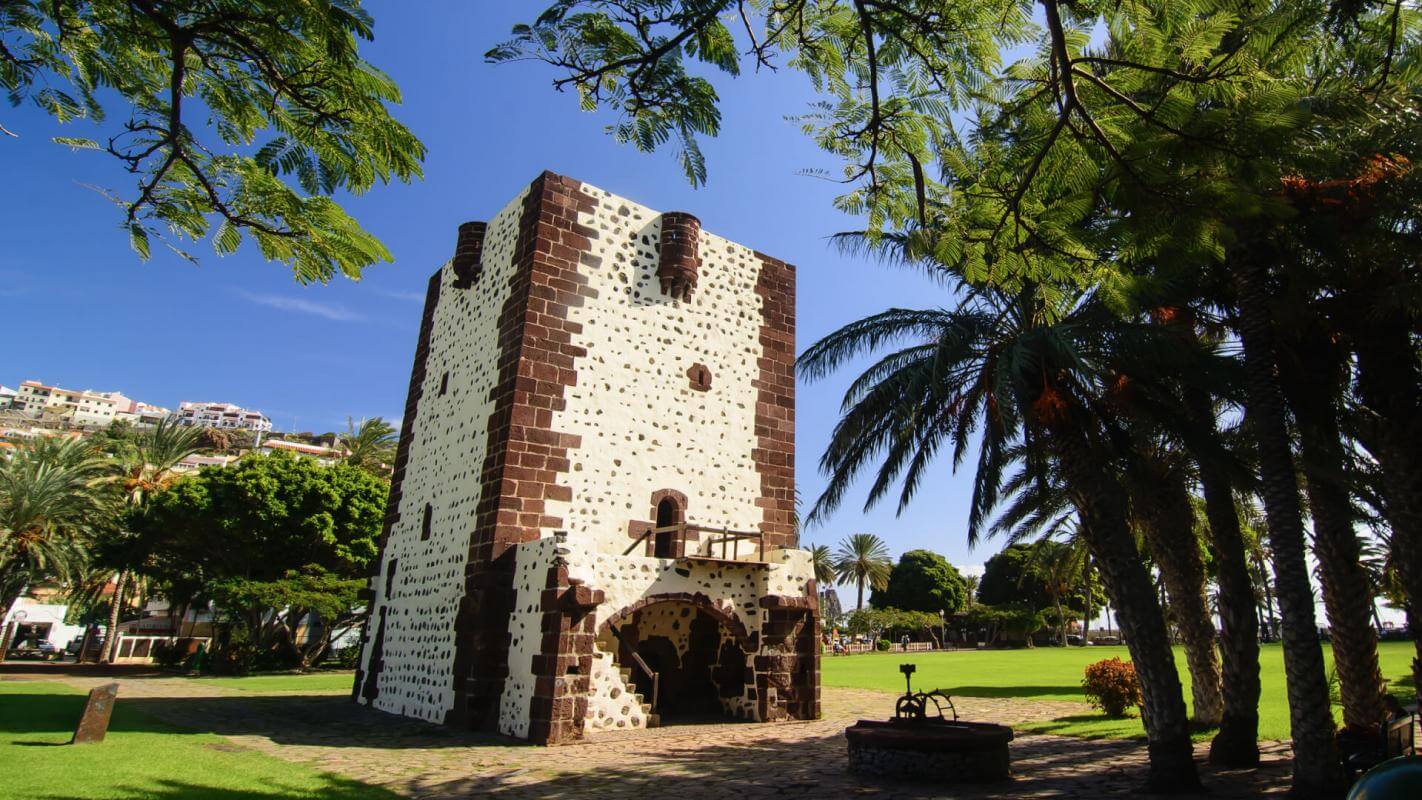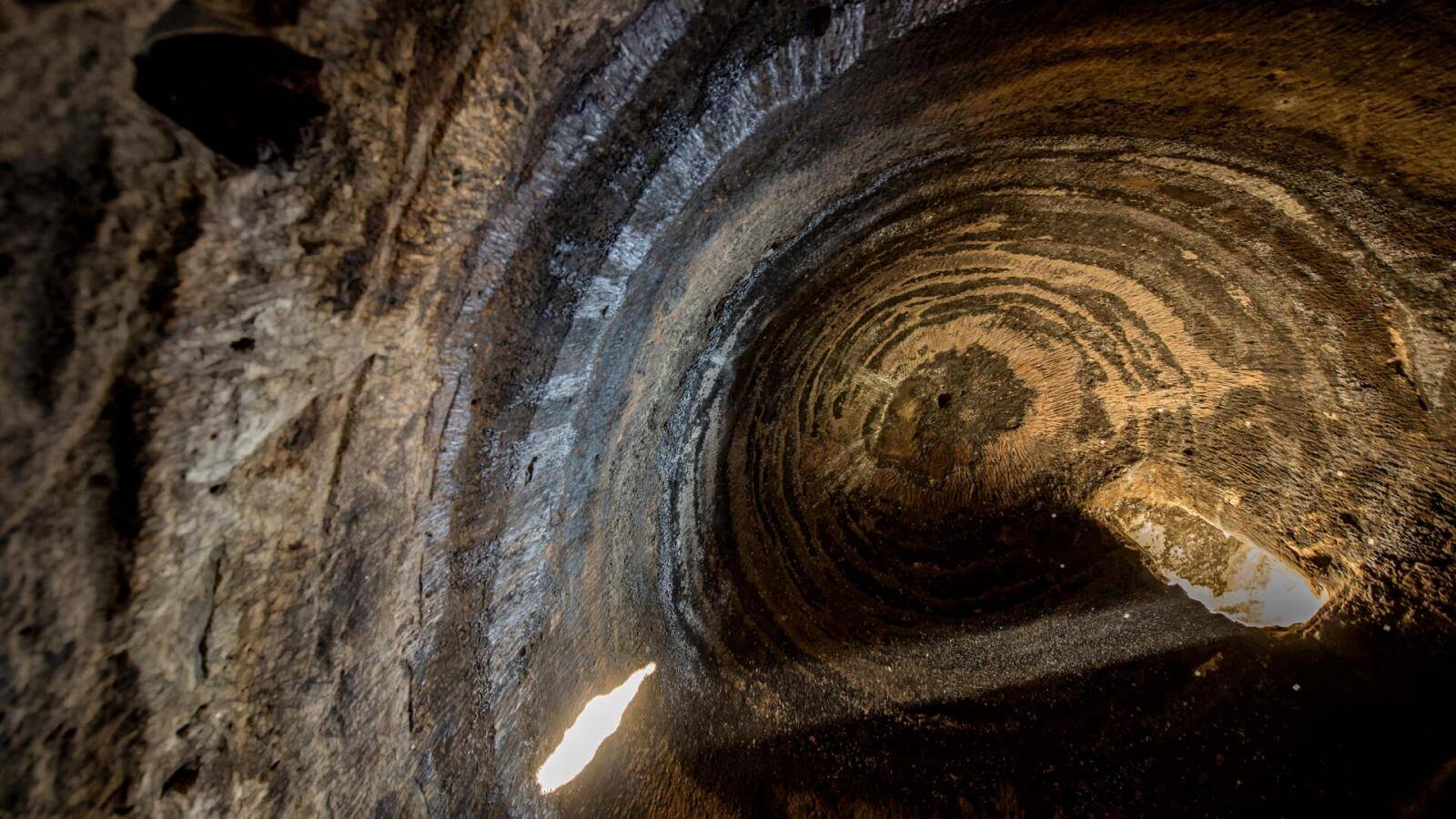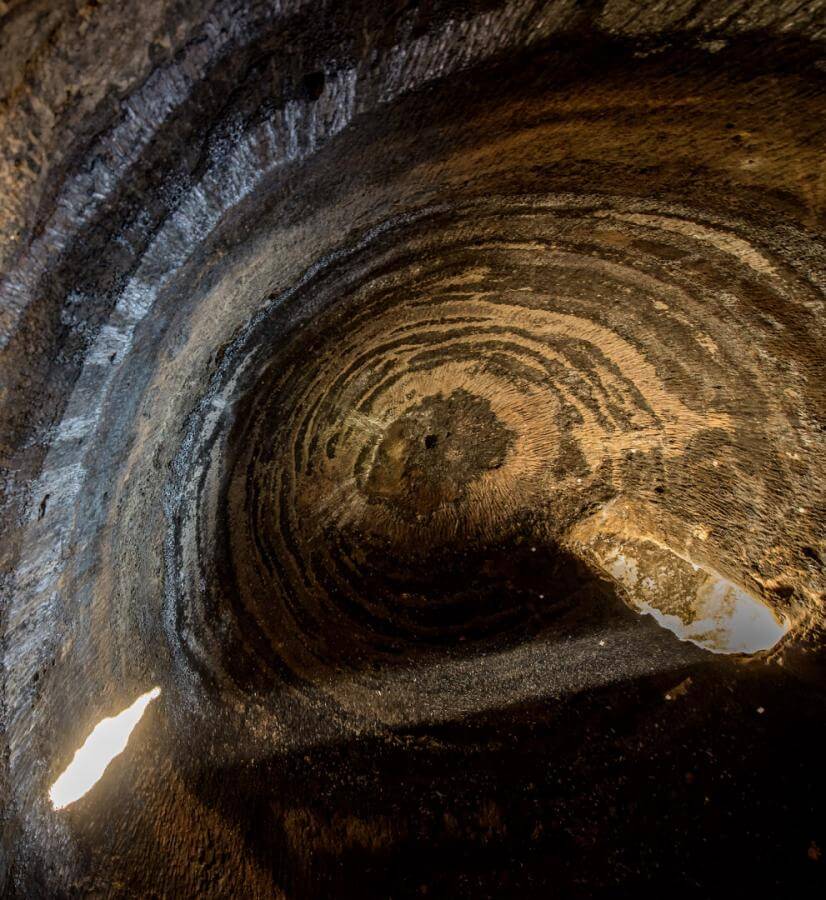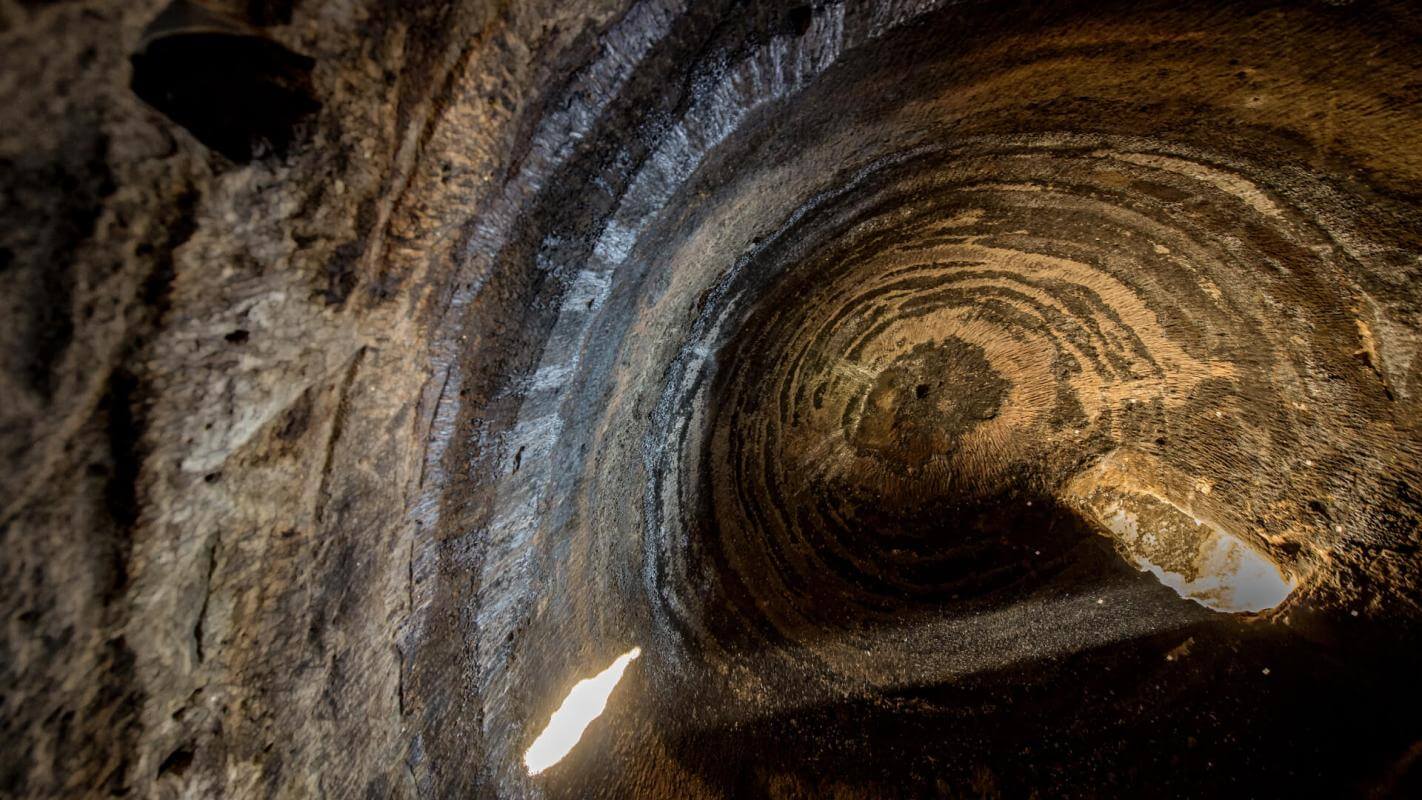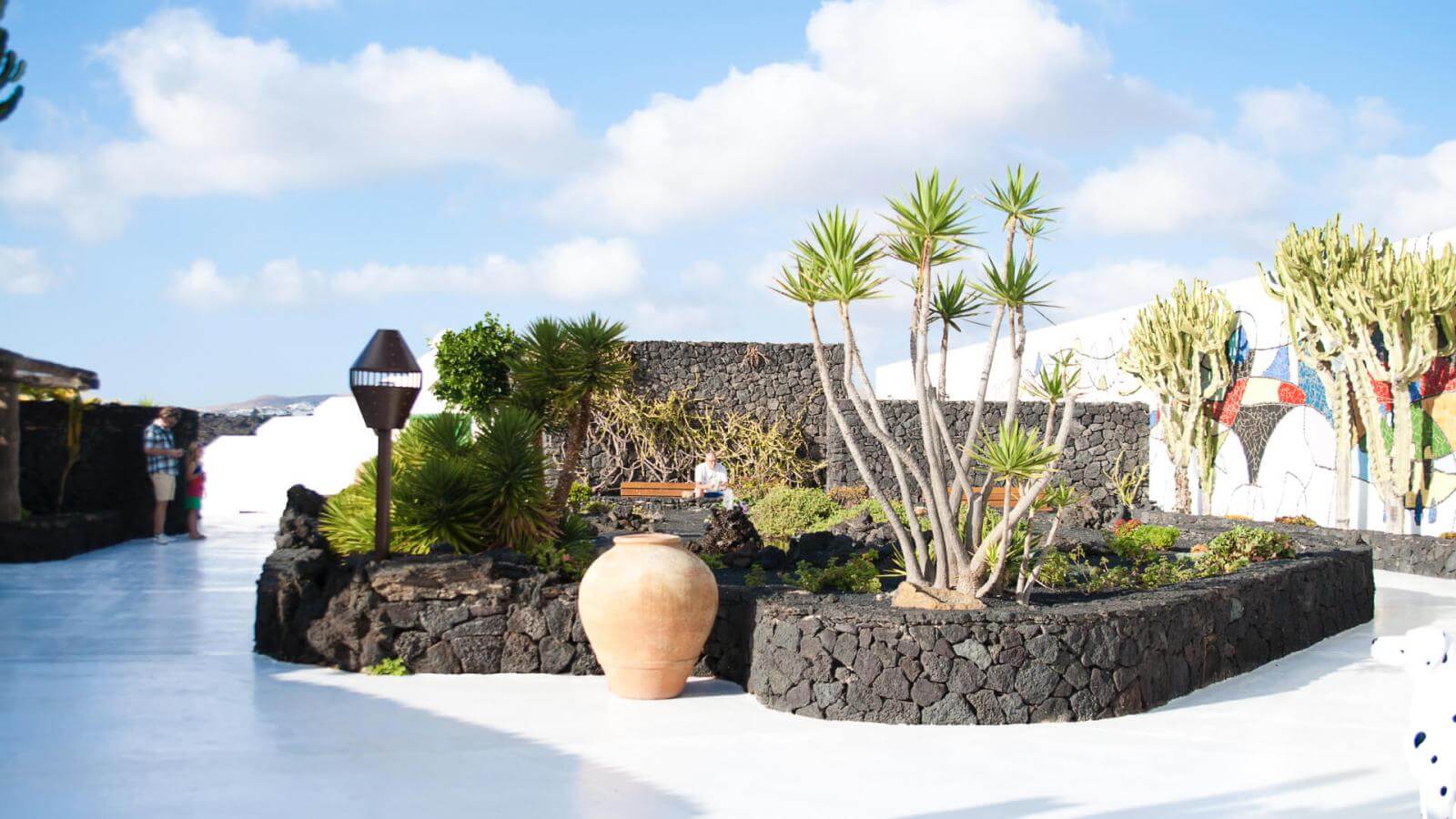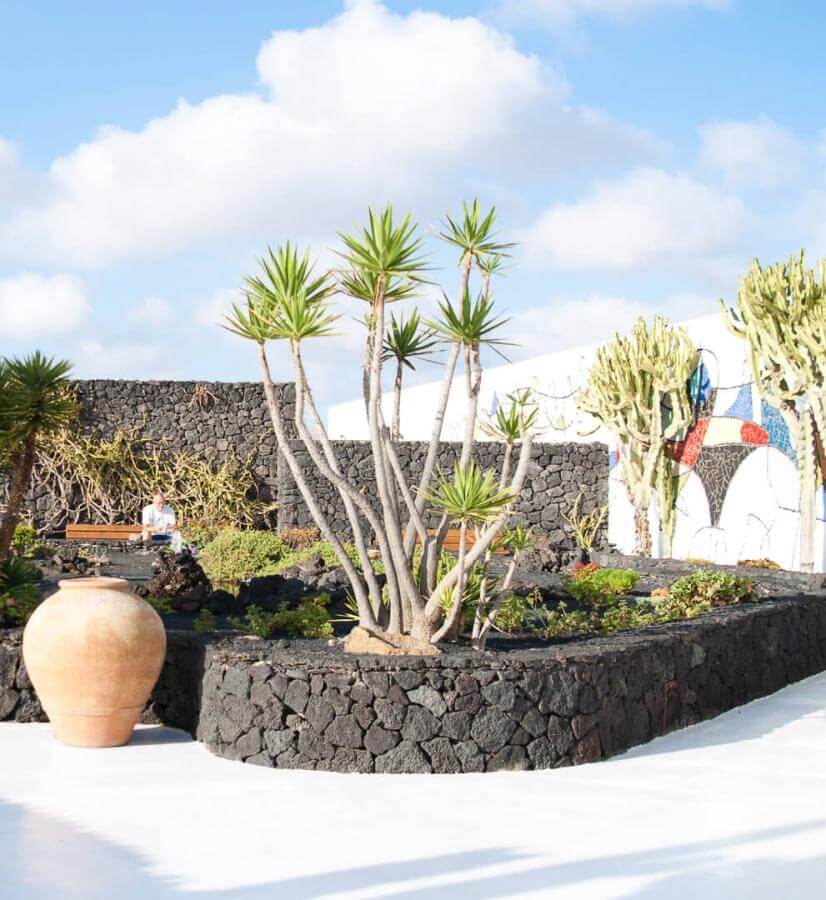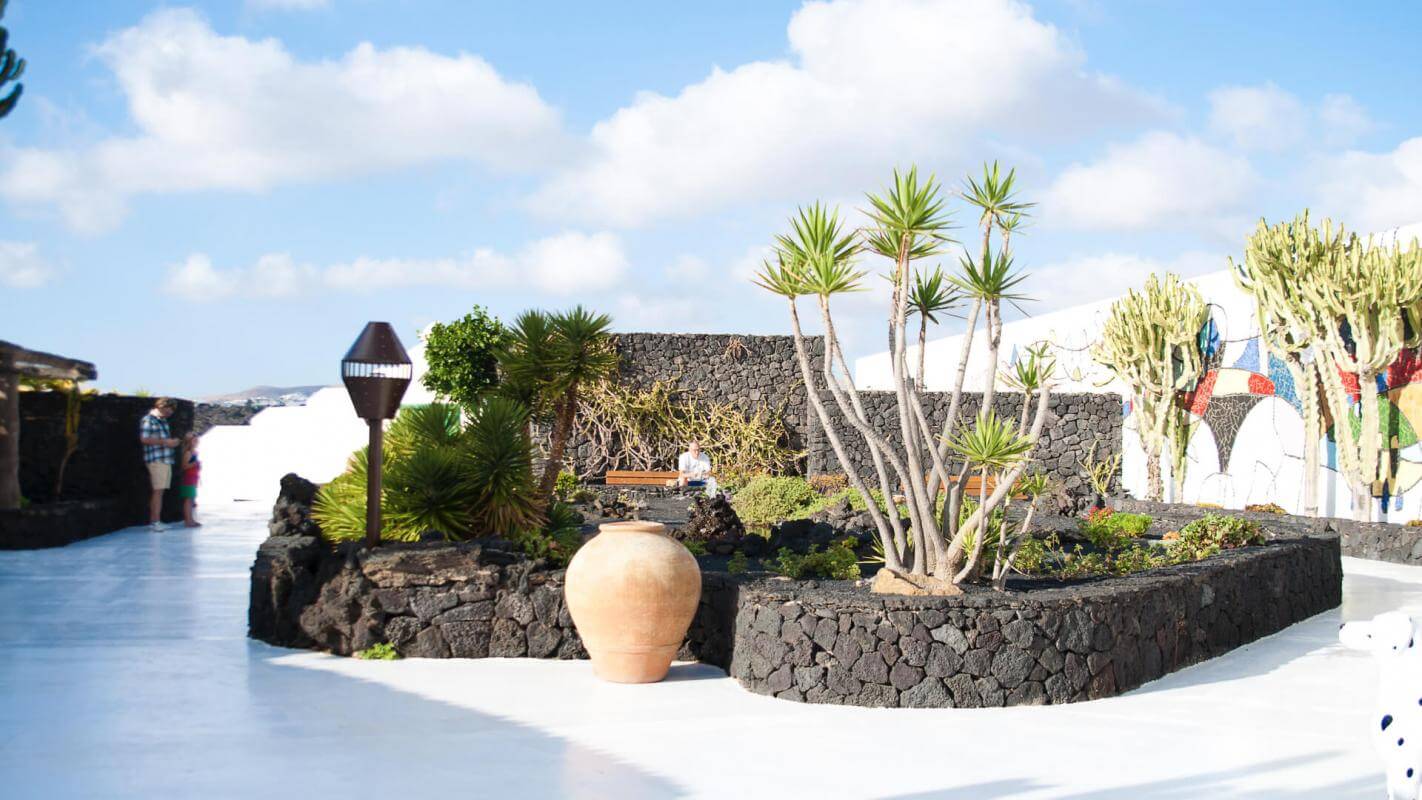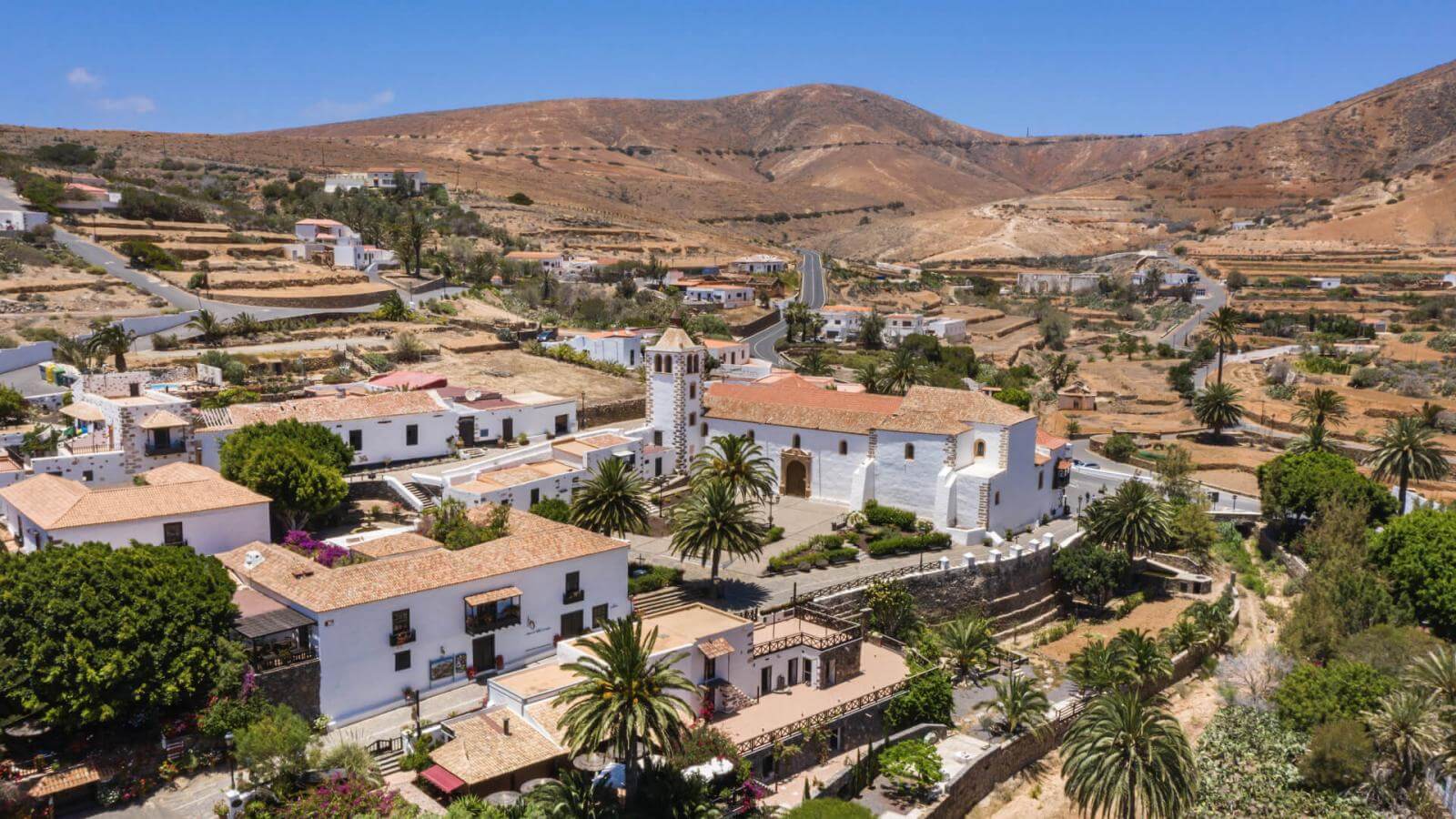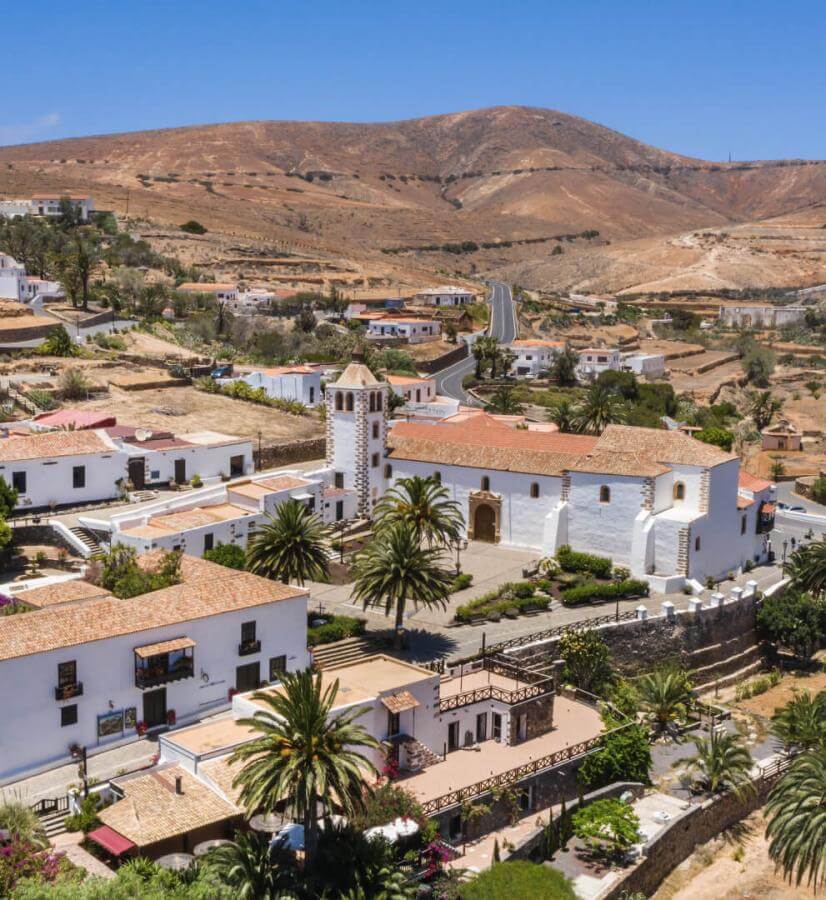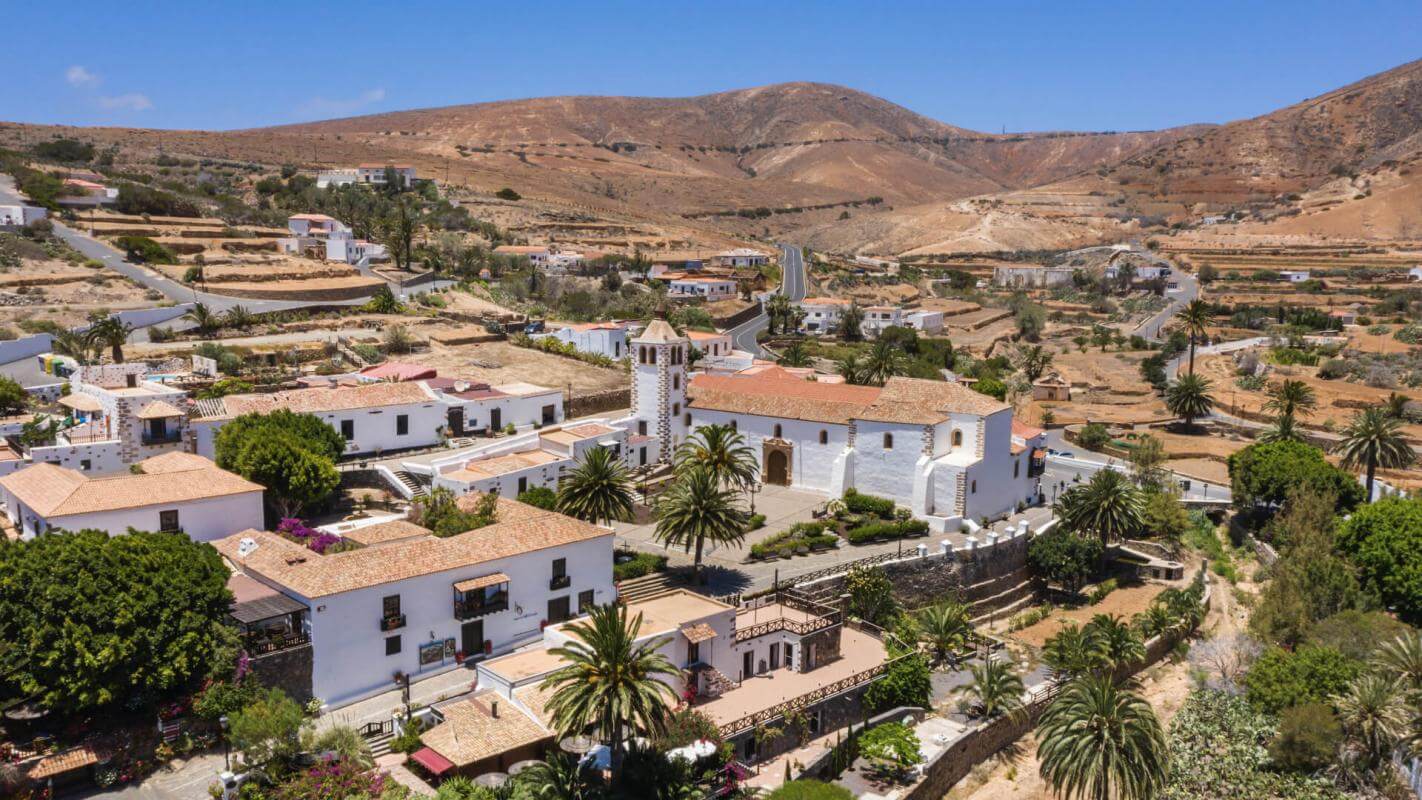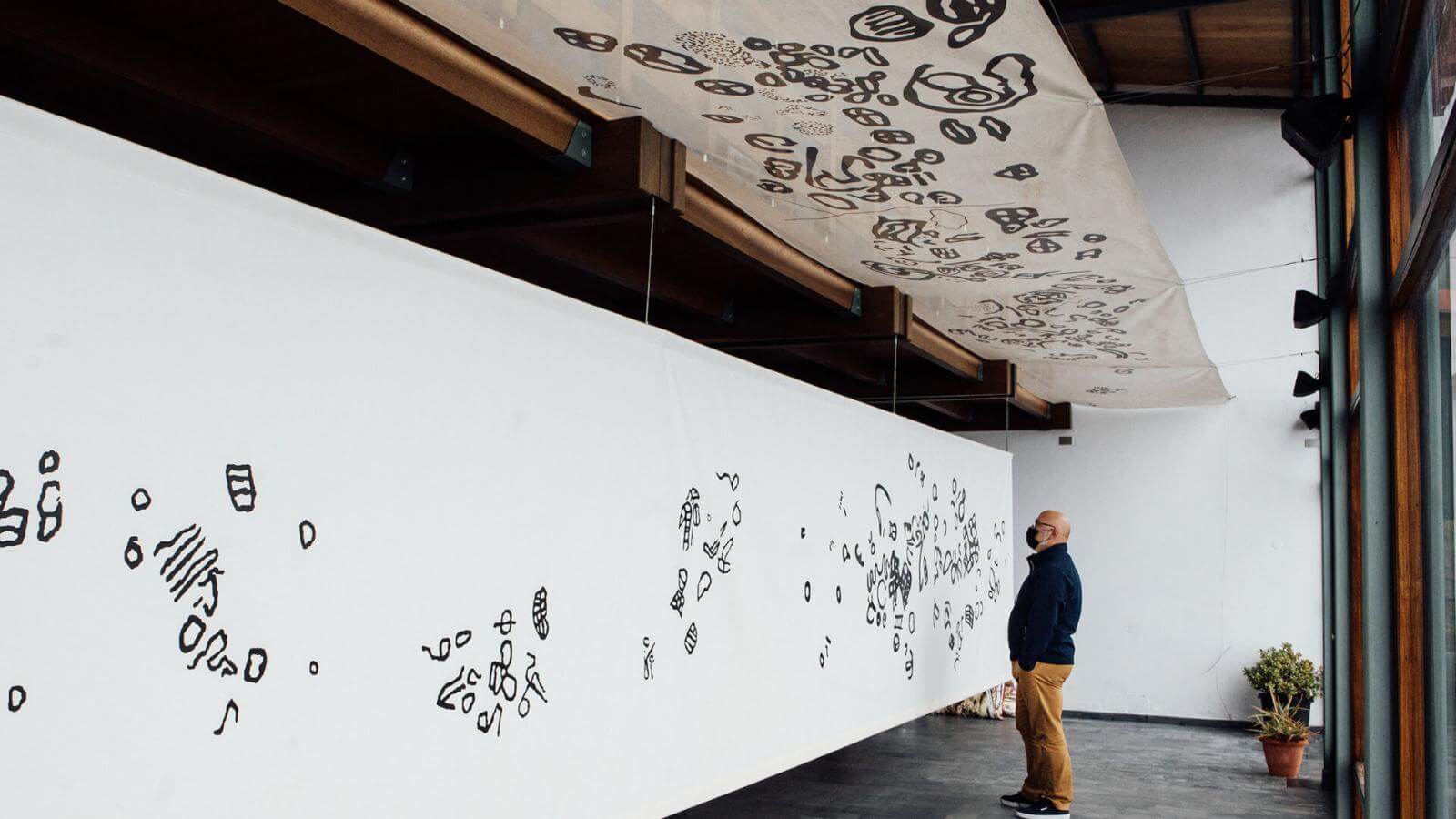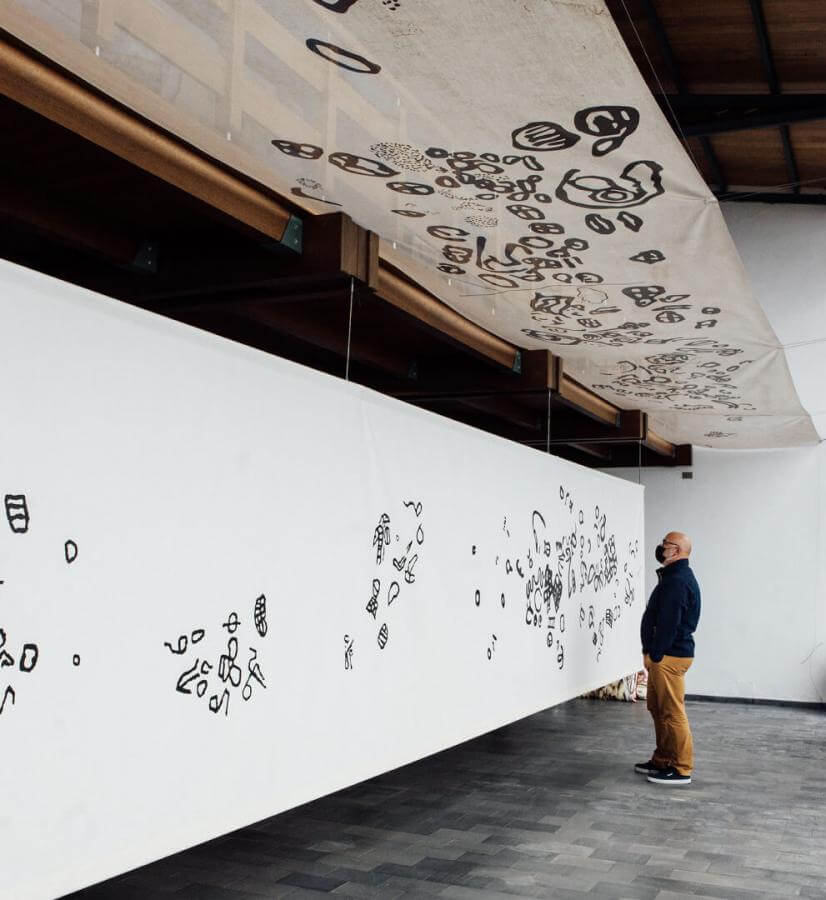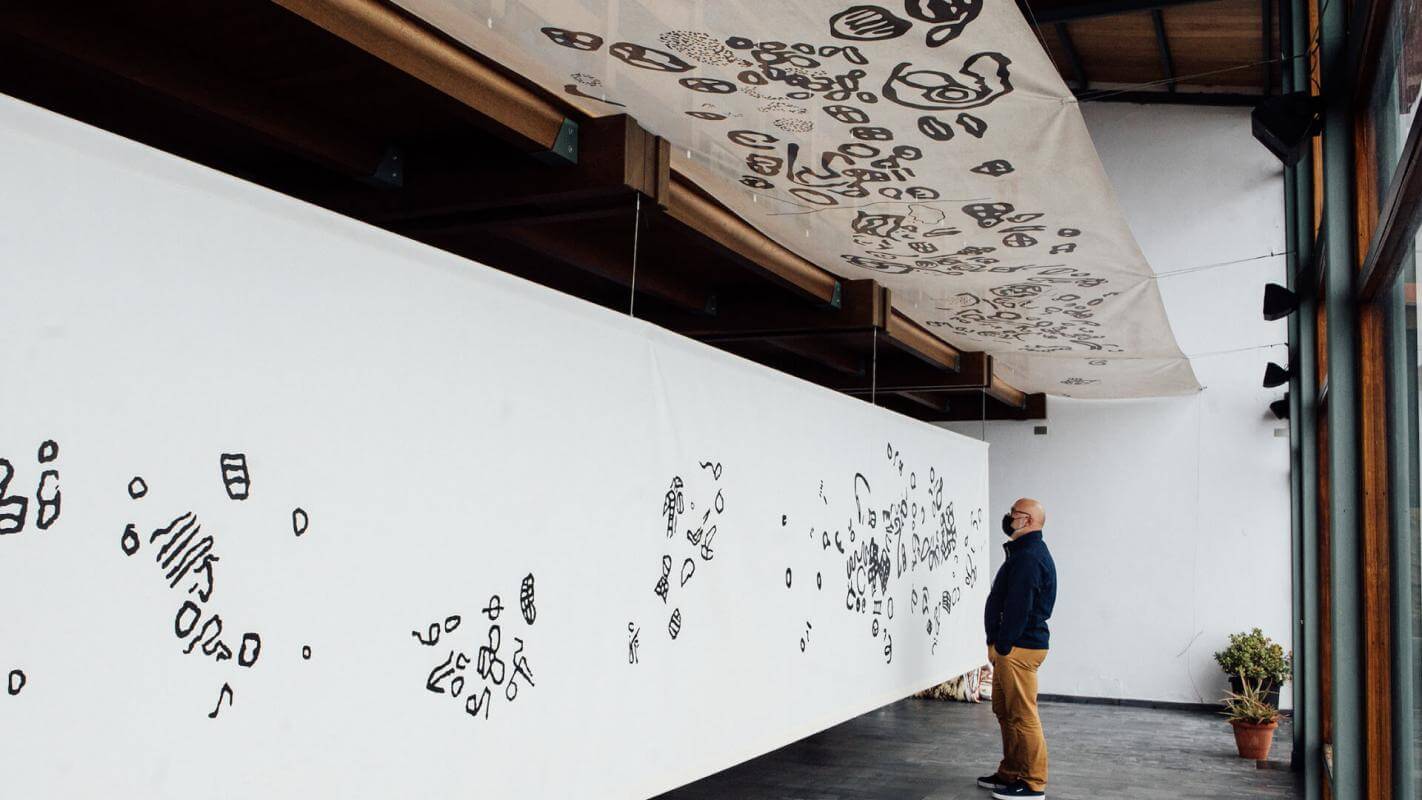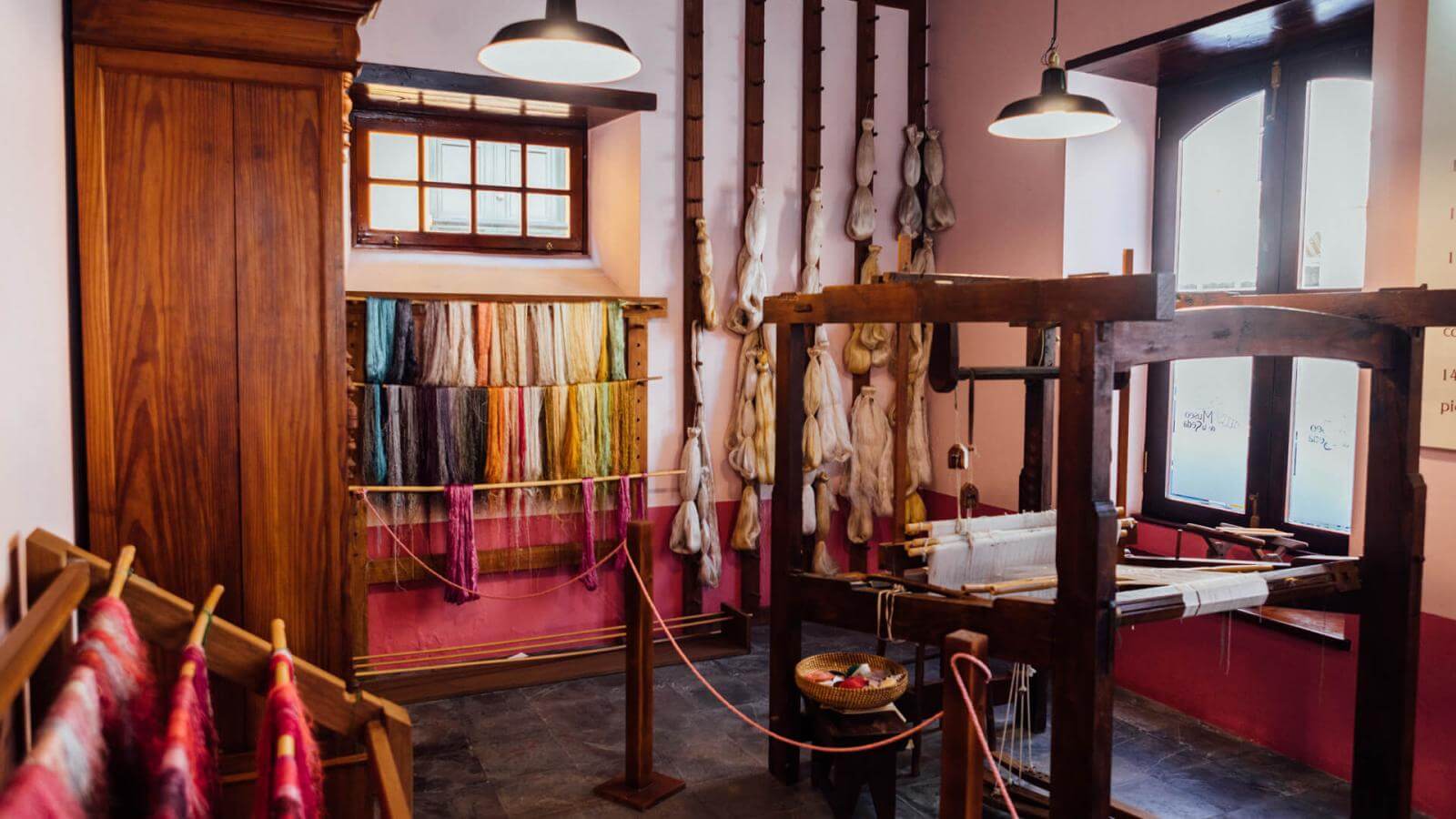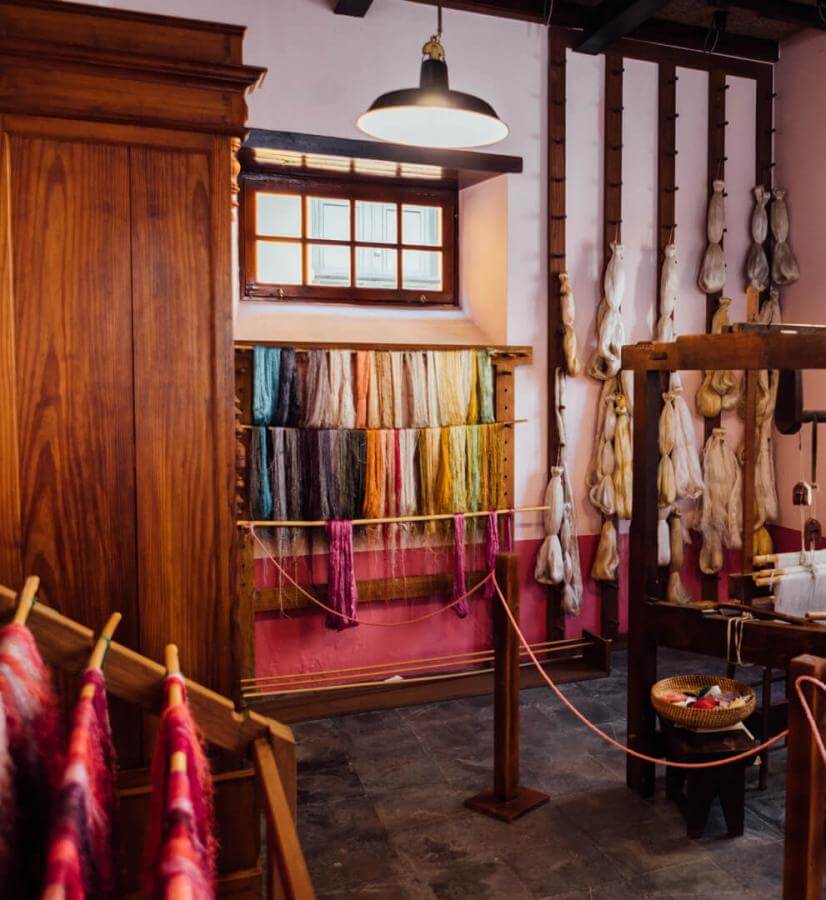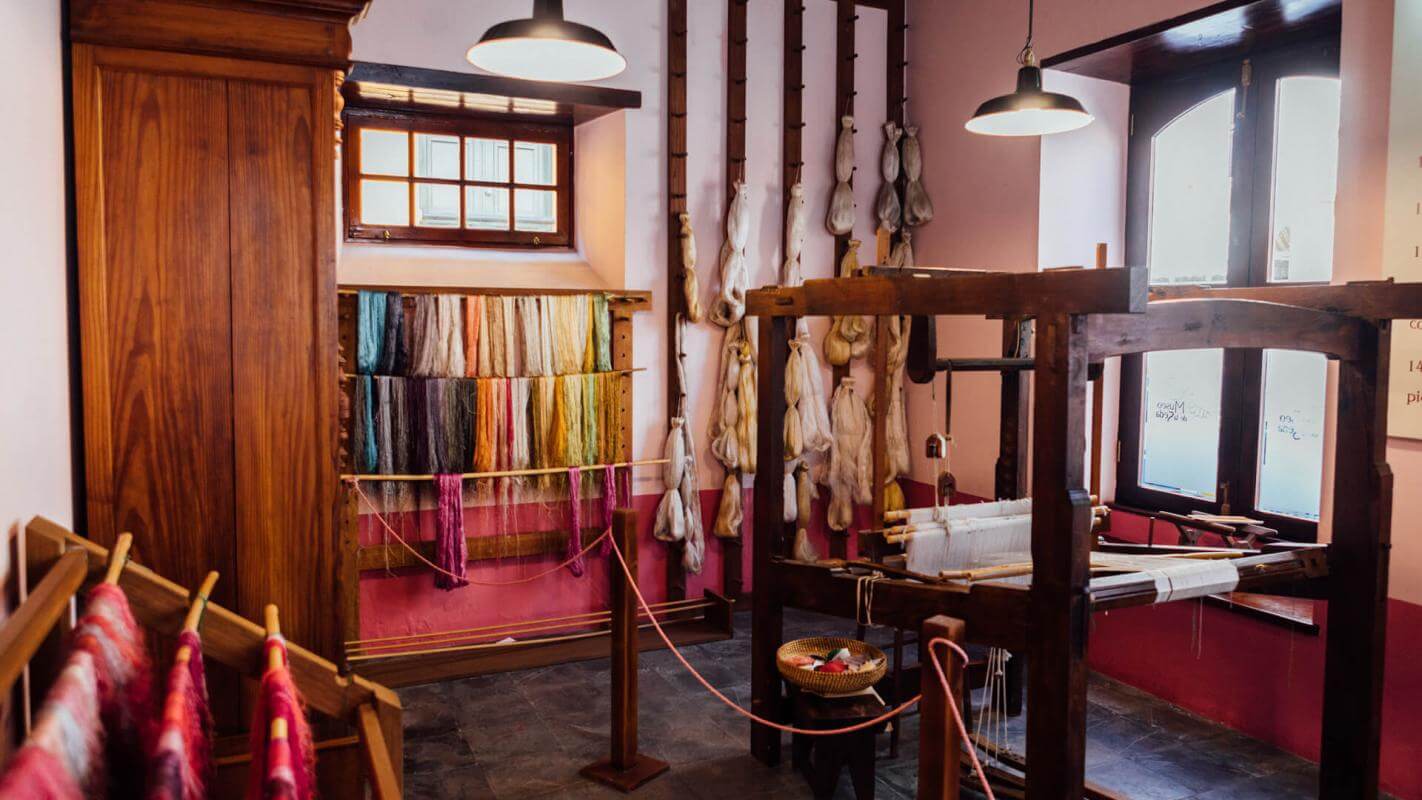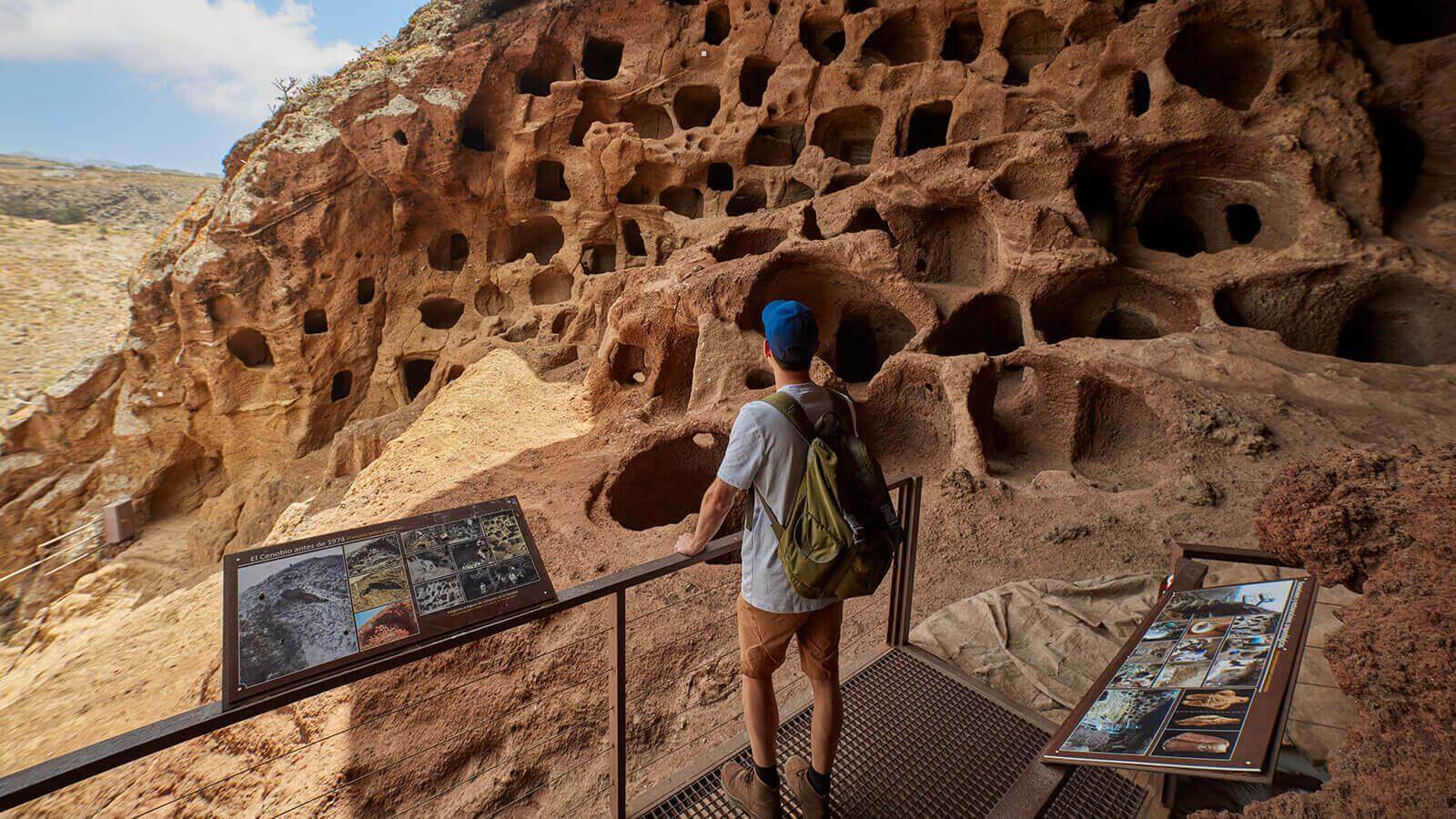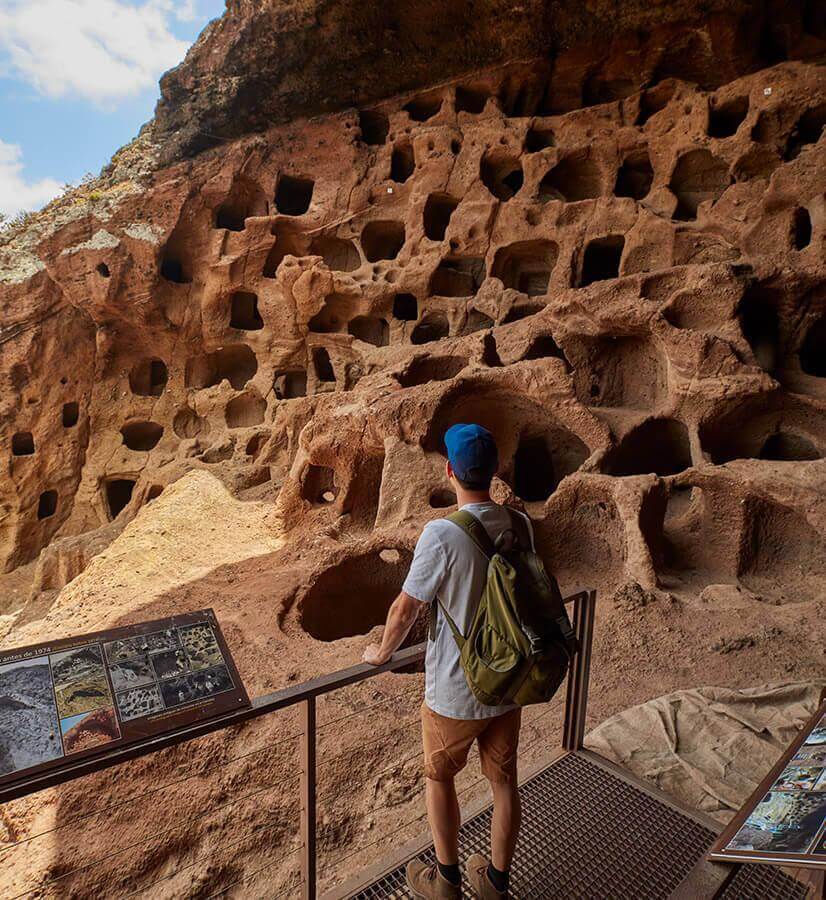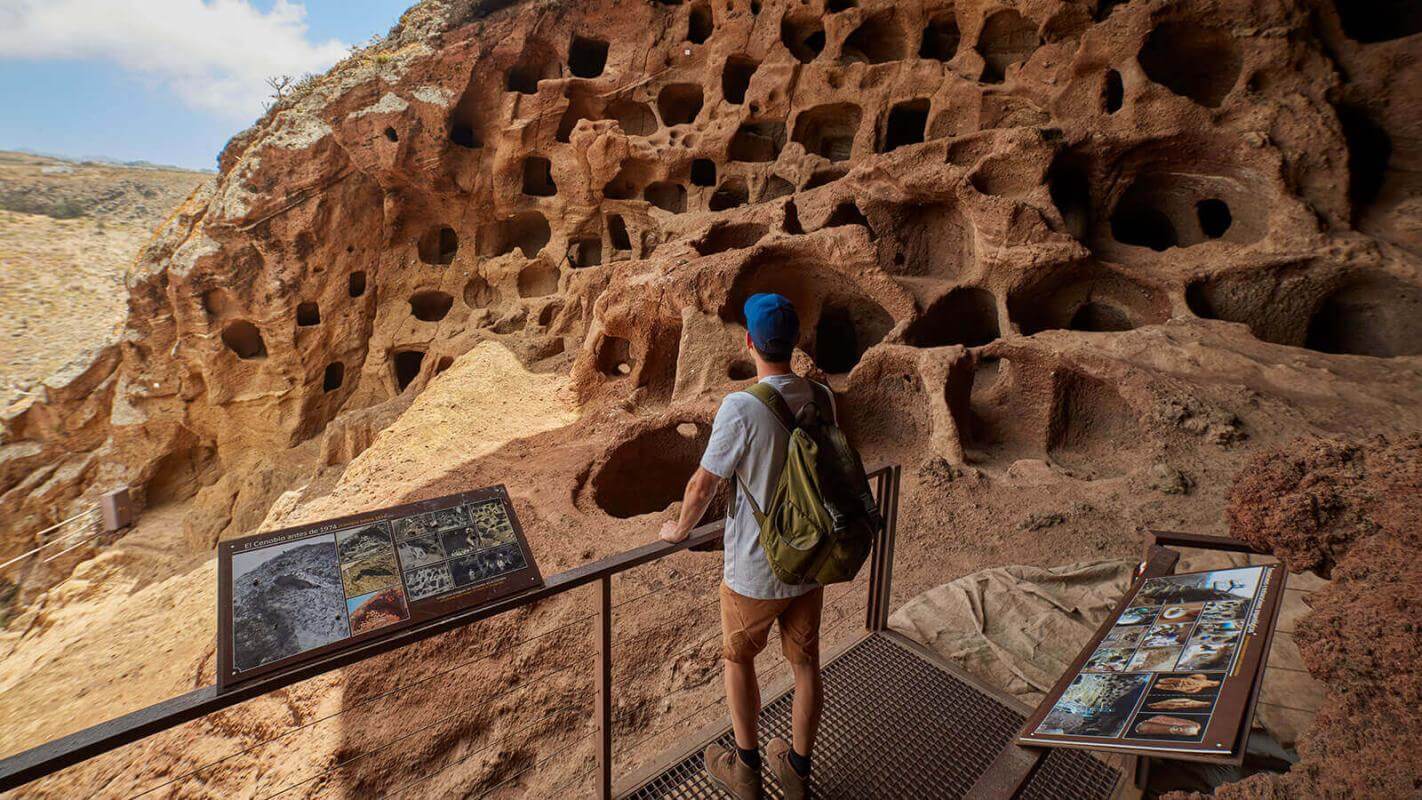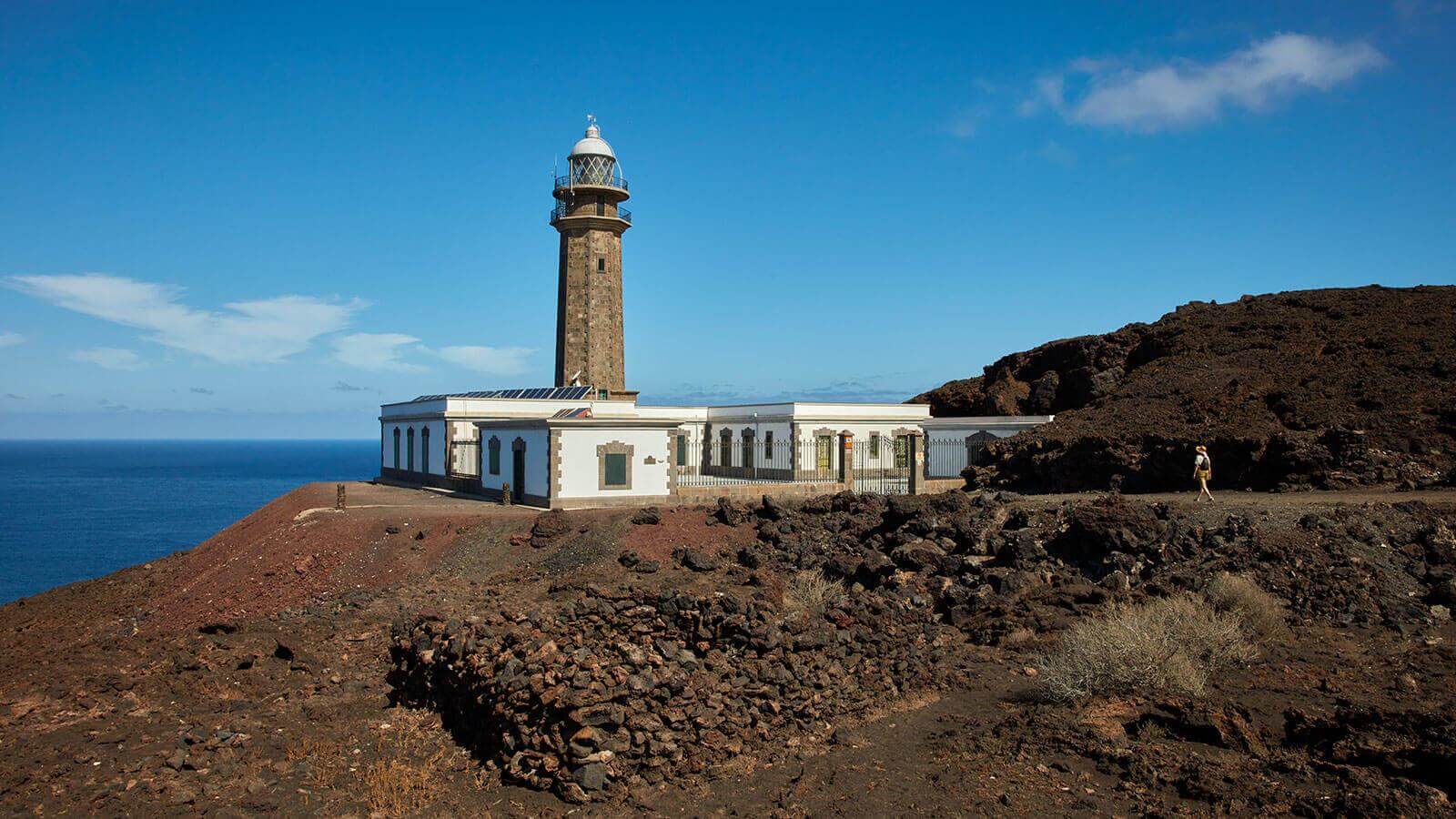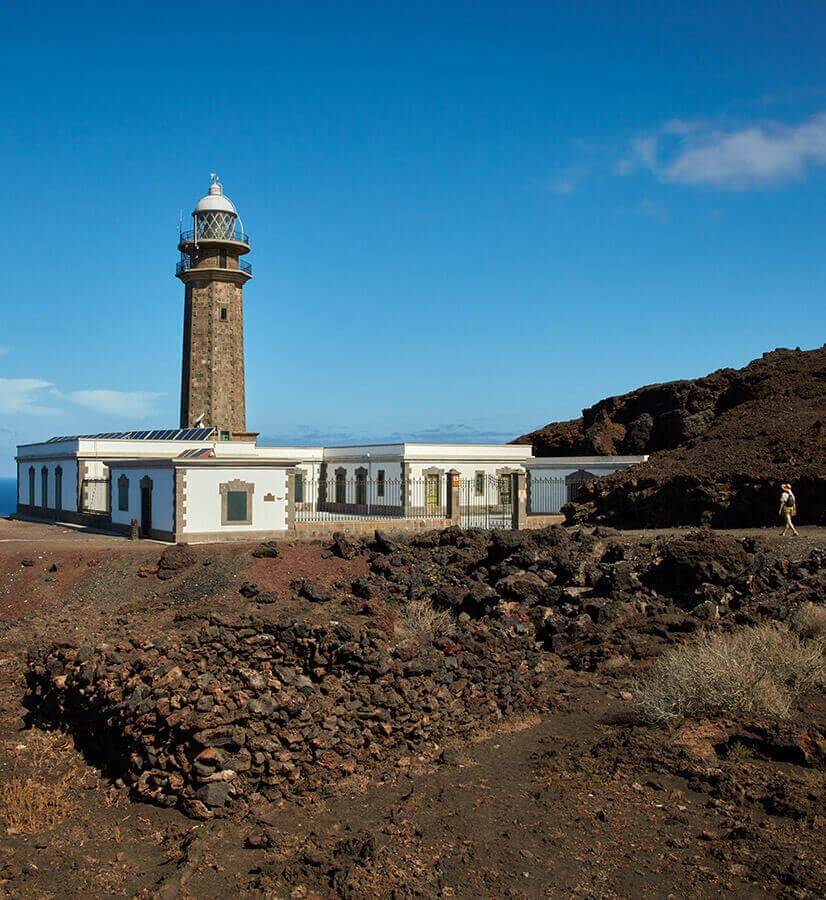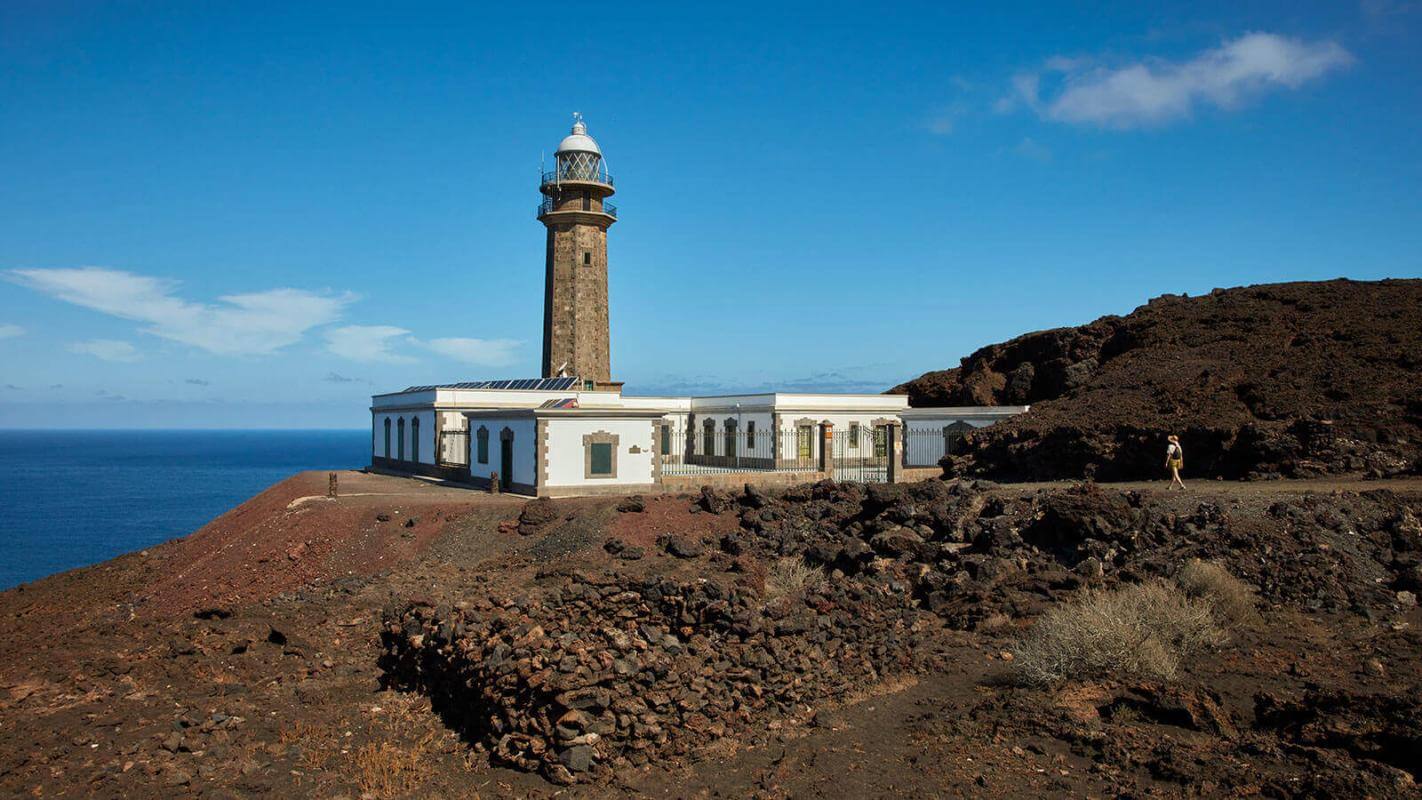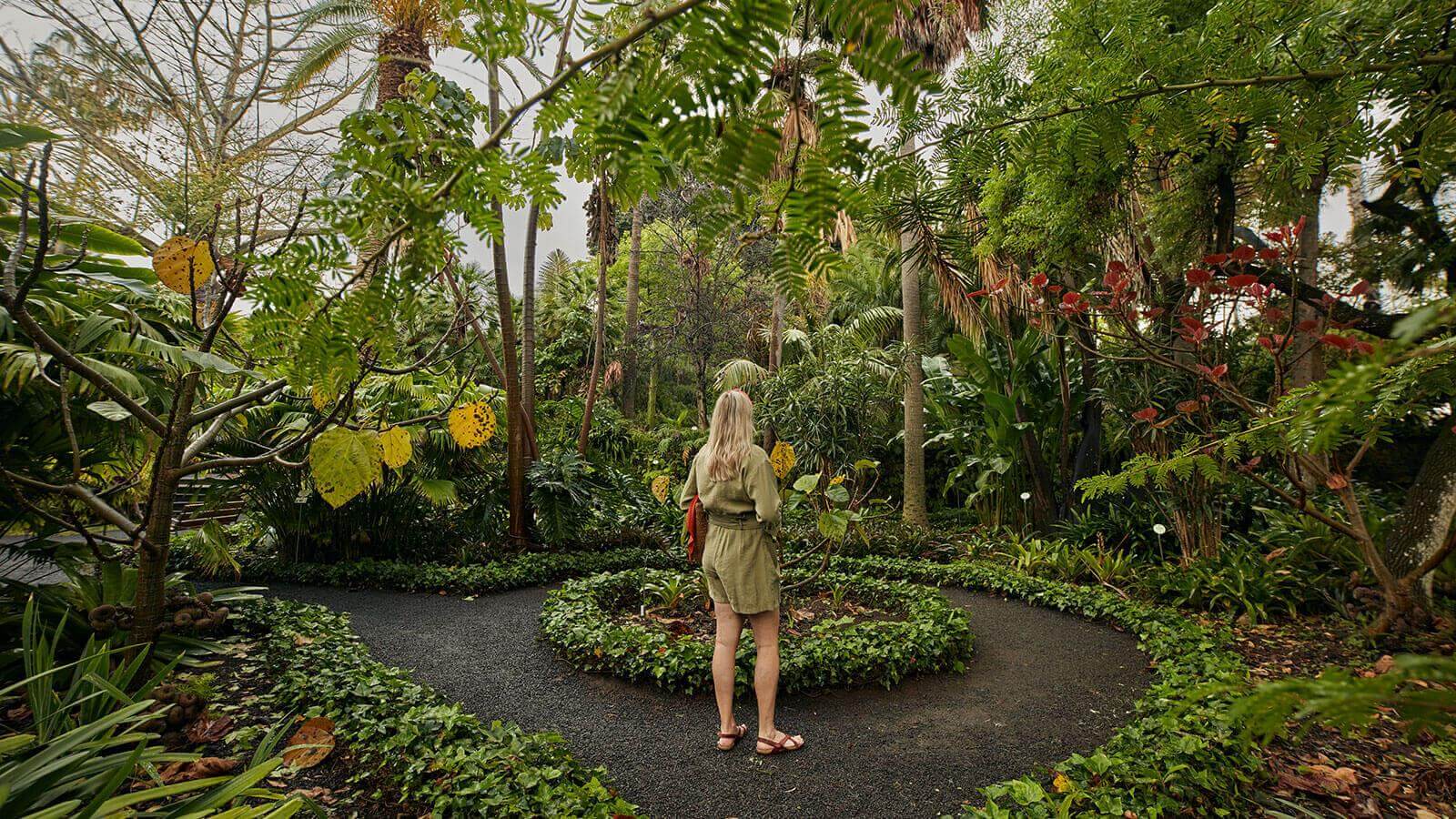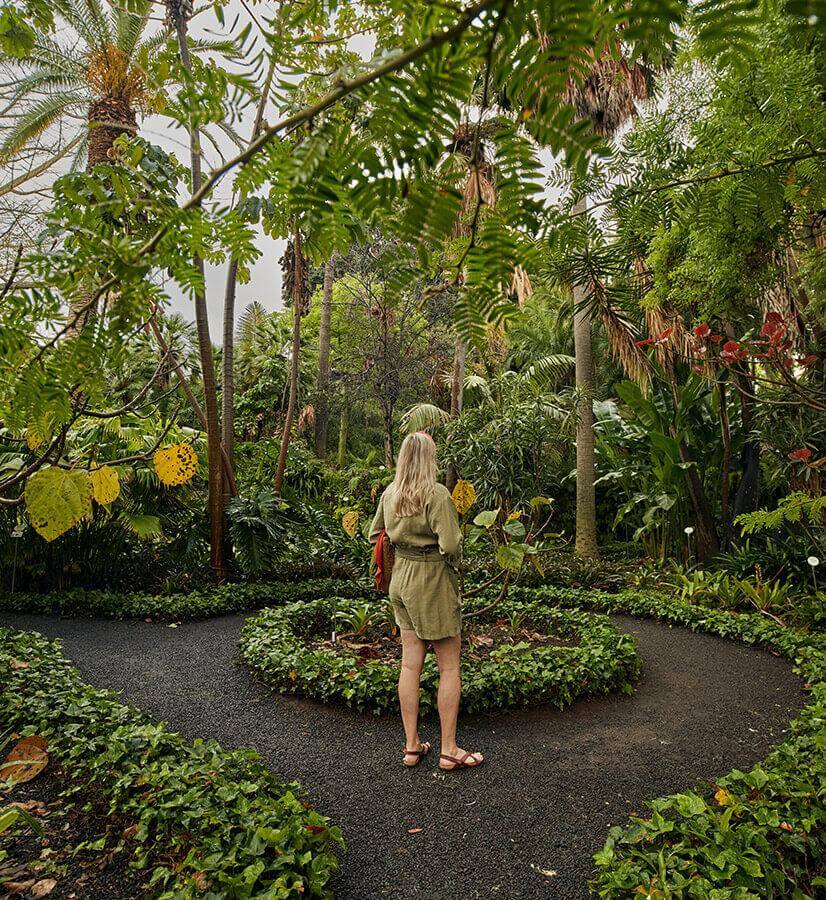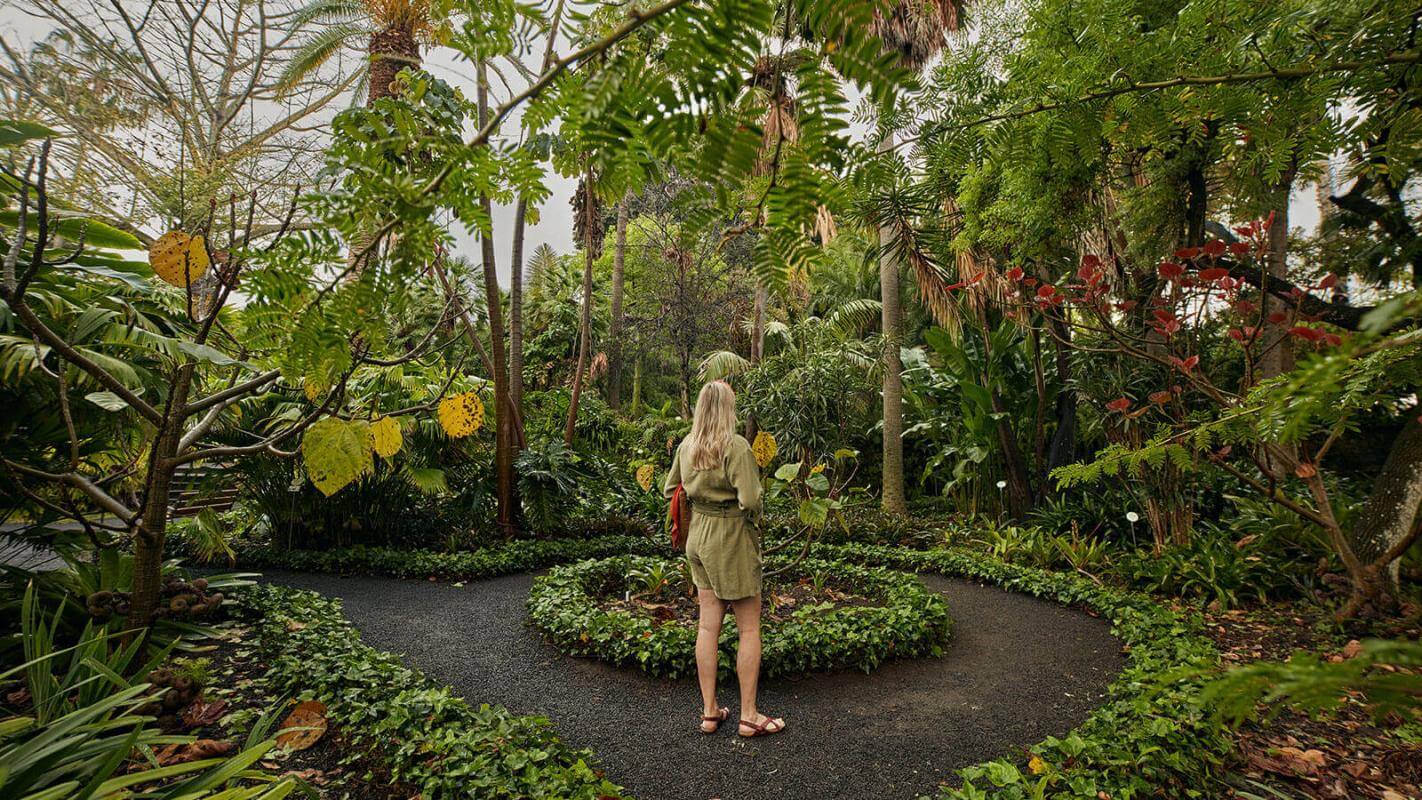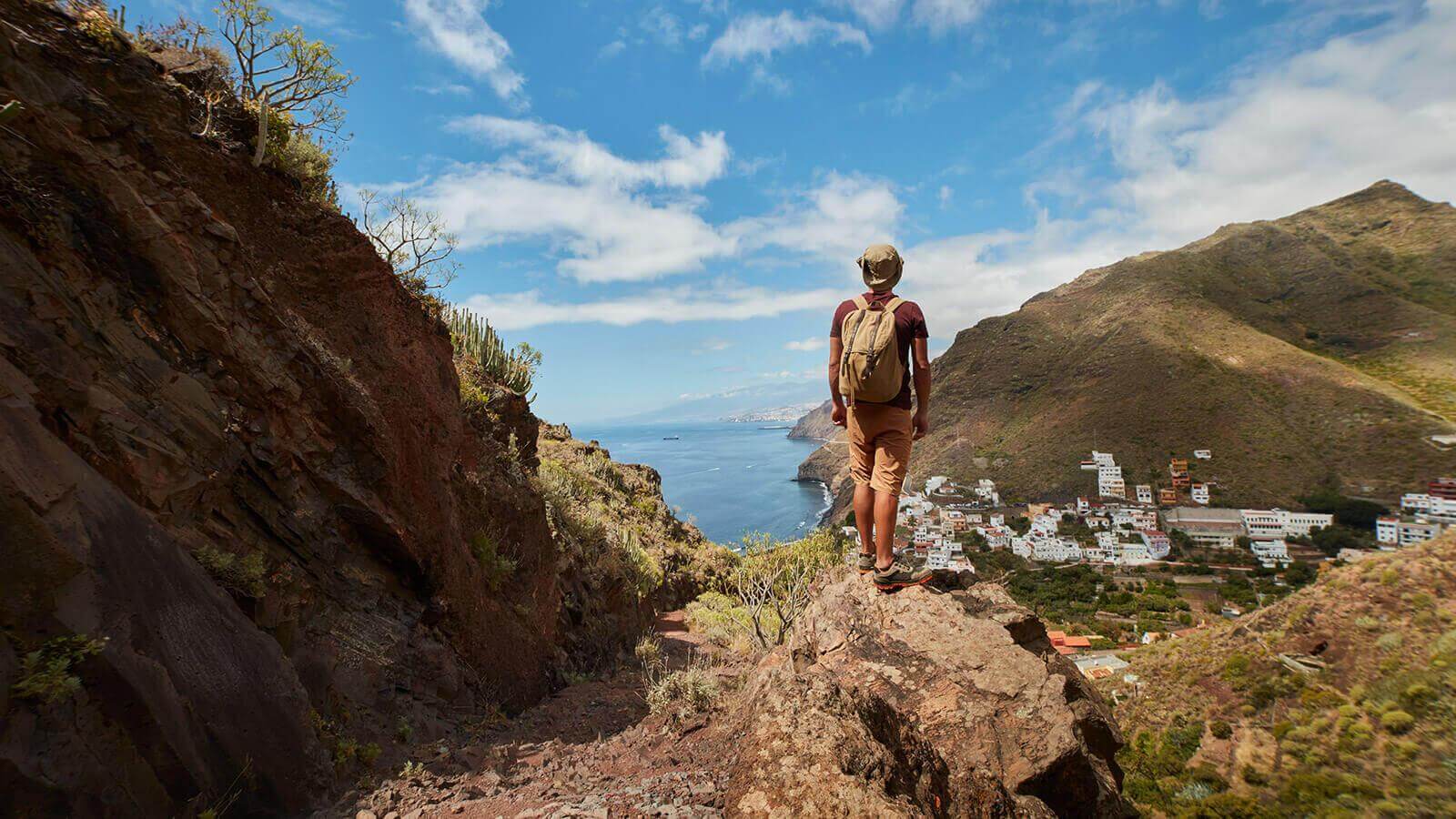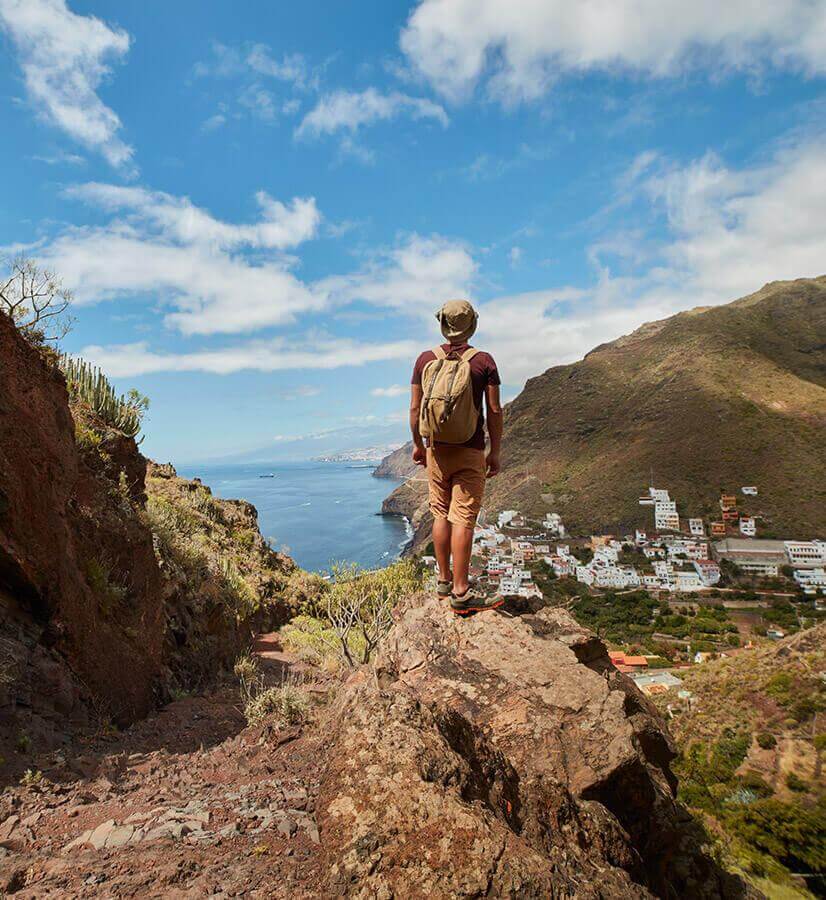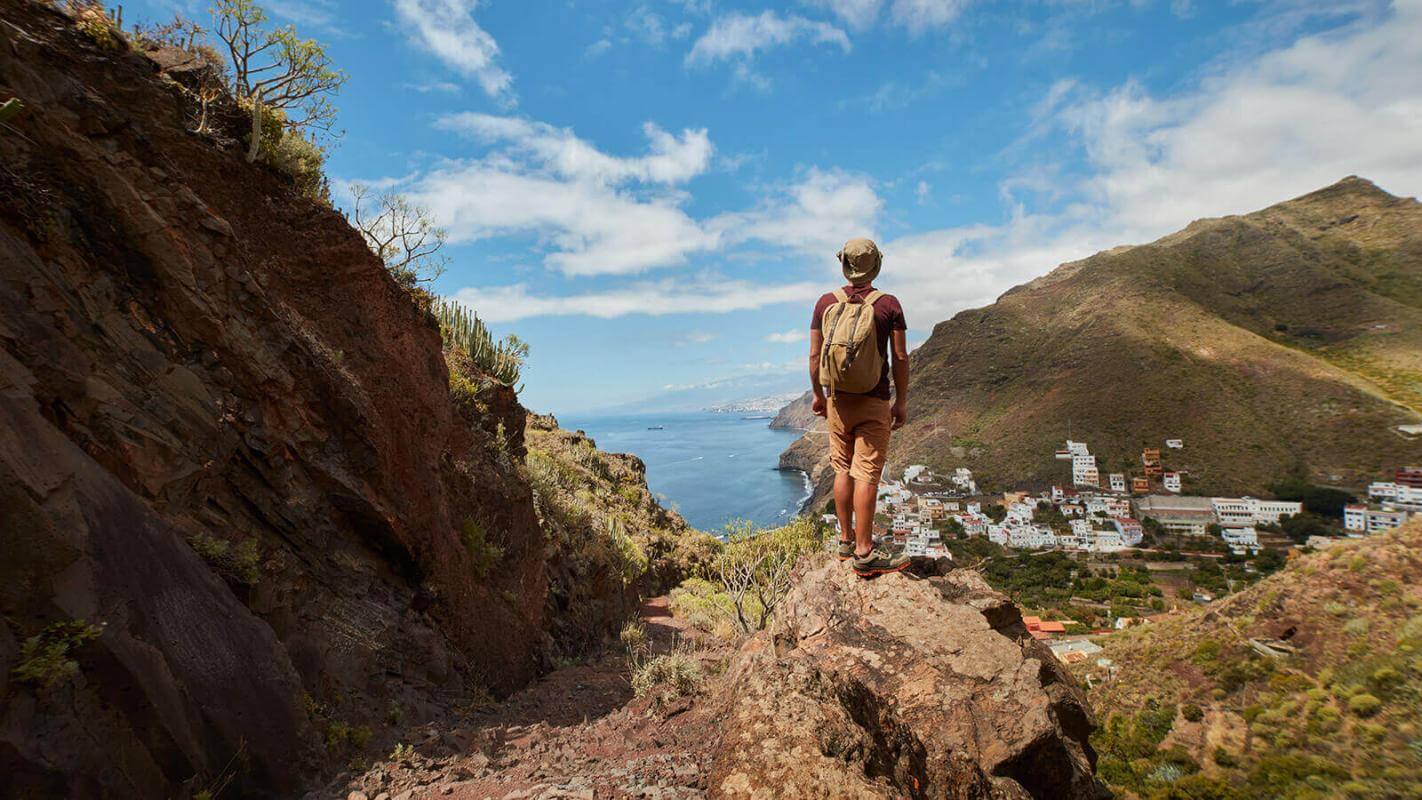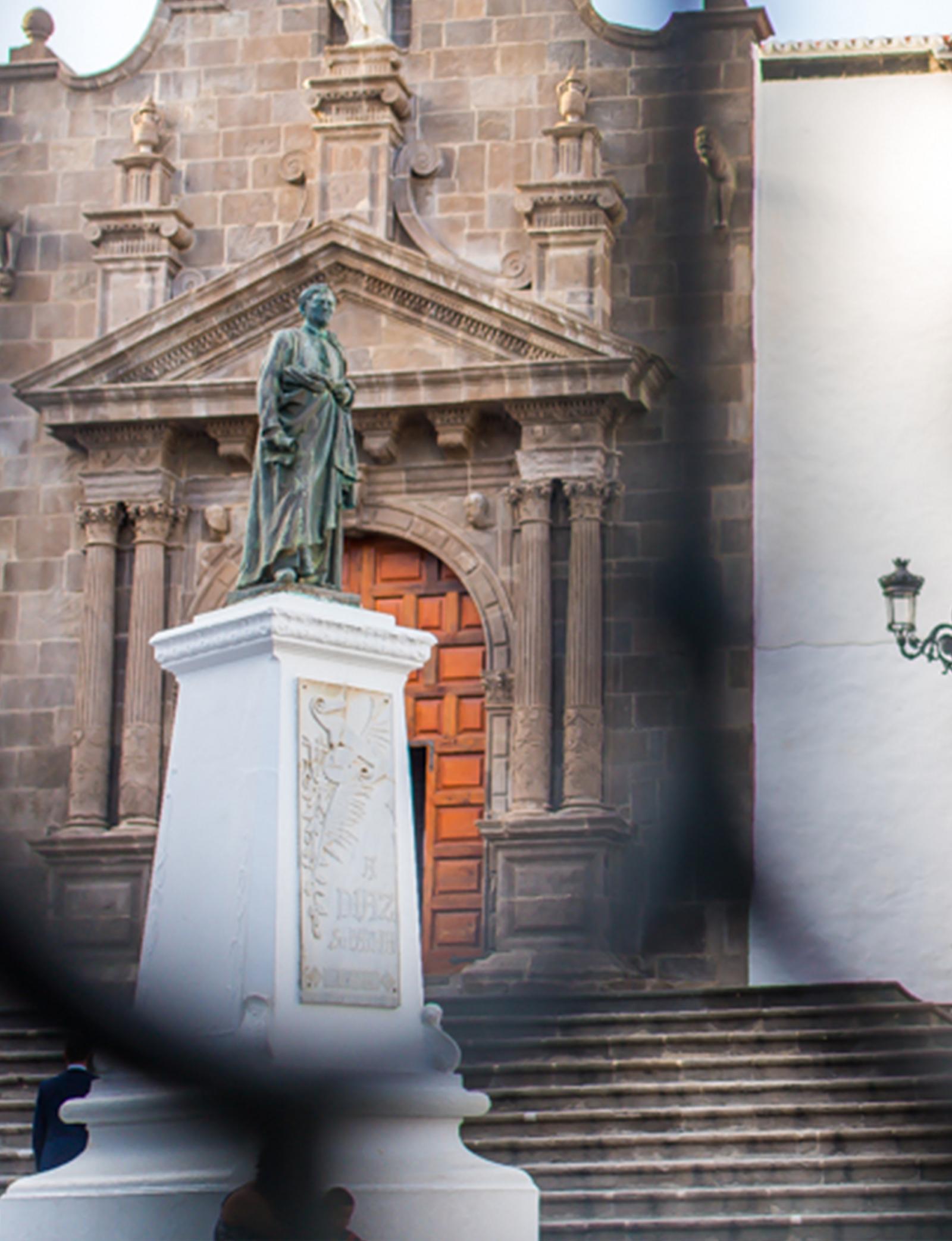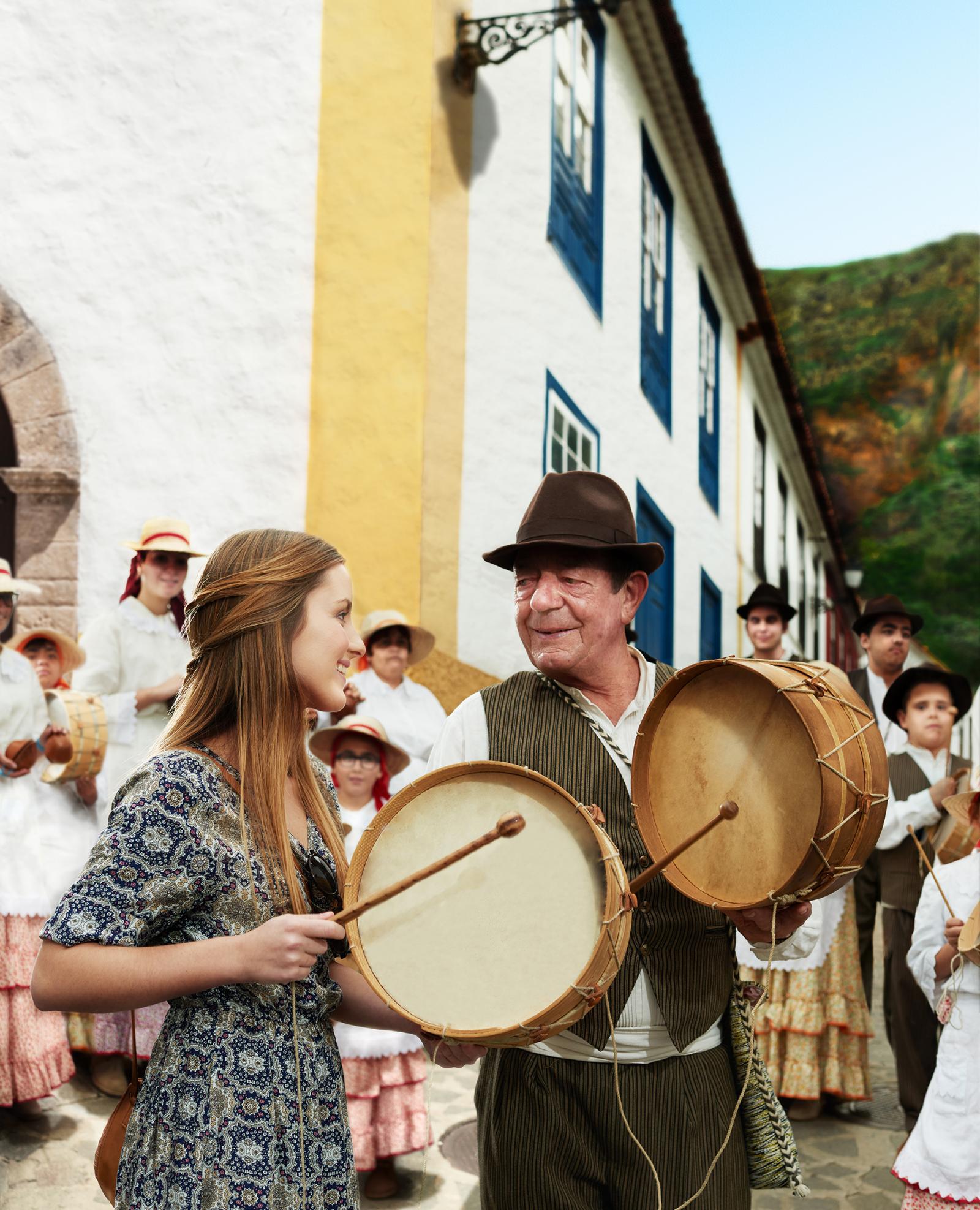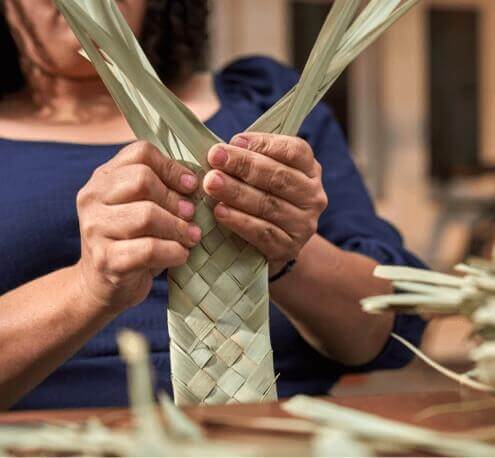Each one of the eight islands that make up the archipelago of the Canary Islands has its own identity and idiosyncrasies. And as a result, Canarian heritage and culture is synonymous with diversity and wealth, a fusion of cultures and outside influences. As well as learning about the life of the early settlers, emblematic monuments, historical buildings and the work of artists who have left their mark here, one should also experience the popular festivals and deep-rooted customs that define the local character. Friendly and open-minded, serene and warm-hearted, Canarians will not let you leave without first feeling at home.
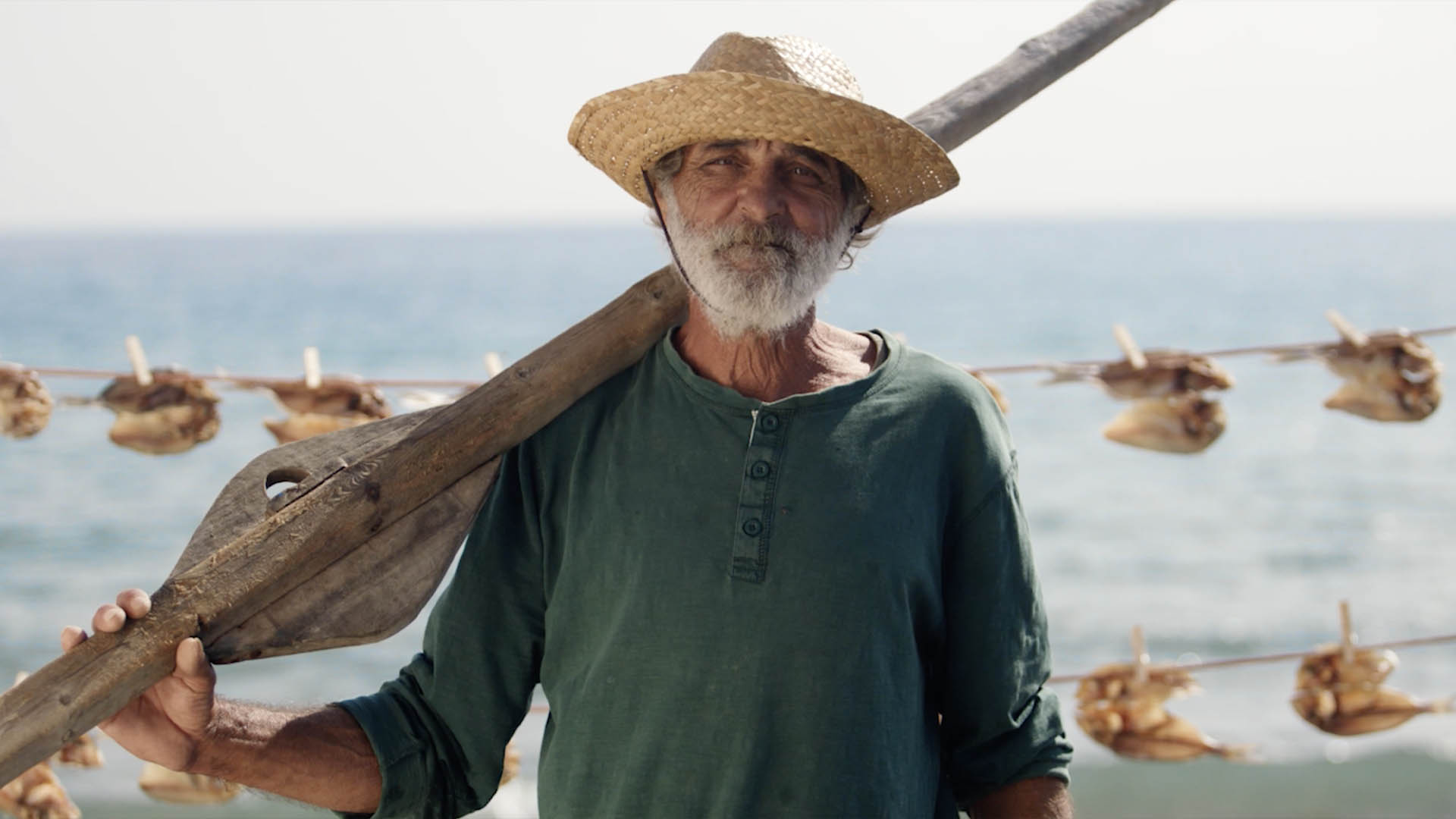

Islands with so much to share
You can travel in time as you travel around the Canarian archipelago: all you have to do is stop and discover the cultural heritage, and you will realise just how much history is concealed in every single nook and cranny.
A legacy that goes back over 2,000 years, with the first settlers of the islands, the indigenous Canarian peoples, who left behind traces of their culture in places such as the El Julan Cultural Park (El Hierro), the Belmaco Archaeological Park (La Palma), the Cenobio de Valerón cave system or Risco Caído and the Sacred Mountains (Gran Canaria).
History, however, does not stop here, and neither does the heritage legacy UNESCO has recognised places like the historical town centre of La Laguna (Tenerife) or assets such as the whistled language of La Gomera as Intangible Cultural World Heritage. They are joined by other historical locations, such as the ancient town of Betancuria (Fuerteventura), the Castle of San Cristóbal (Tenerife), the Columbus House (Gran Canaria), Torre del Conde (La Gomera), the hypnotic vineyards of La Geria and the old Zero Meridian, at Punta de Orchilla (El Hierro).
The Canary Islands also preserve their culture and heritage by means of a network of singular museums There are museums containing mummies and archaeological remains of the Guanches, like the Canarian Museum (Gran Canaria) and the MUNA (Tenerife), or dedicated to scientific progress and the universe, such as the Museum of Science and the Cosmos (Tenerife), and others devoted to tradition and local flavour, for example the Cheese Museum (Fuerteventura), as well as different wine museums or the Las Hilanderas Silk Museum (La Palma) or the Carpet Museum (Tenerife).
Artistic Canary Islander
As well as internationally-famous musicians like the great tenor Alfredo Kraus, one of the best opera singers of the 20th century, or the composer Teobaldo Power, art in the Canary Islands can boast names of international renown such as the Lanzarote-born artist César Manrique, a visionary and pioneer of environmentalism, the painters Óscar Domínguez and Néstor Martín-Fernández de la Torre, or the sculptor Martín Chirino.
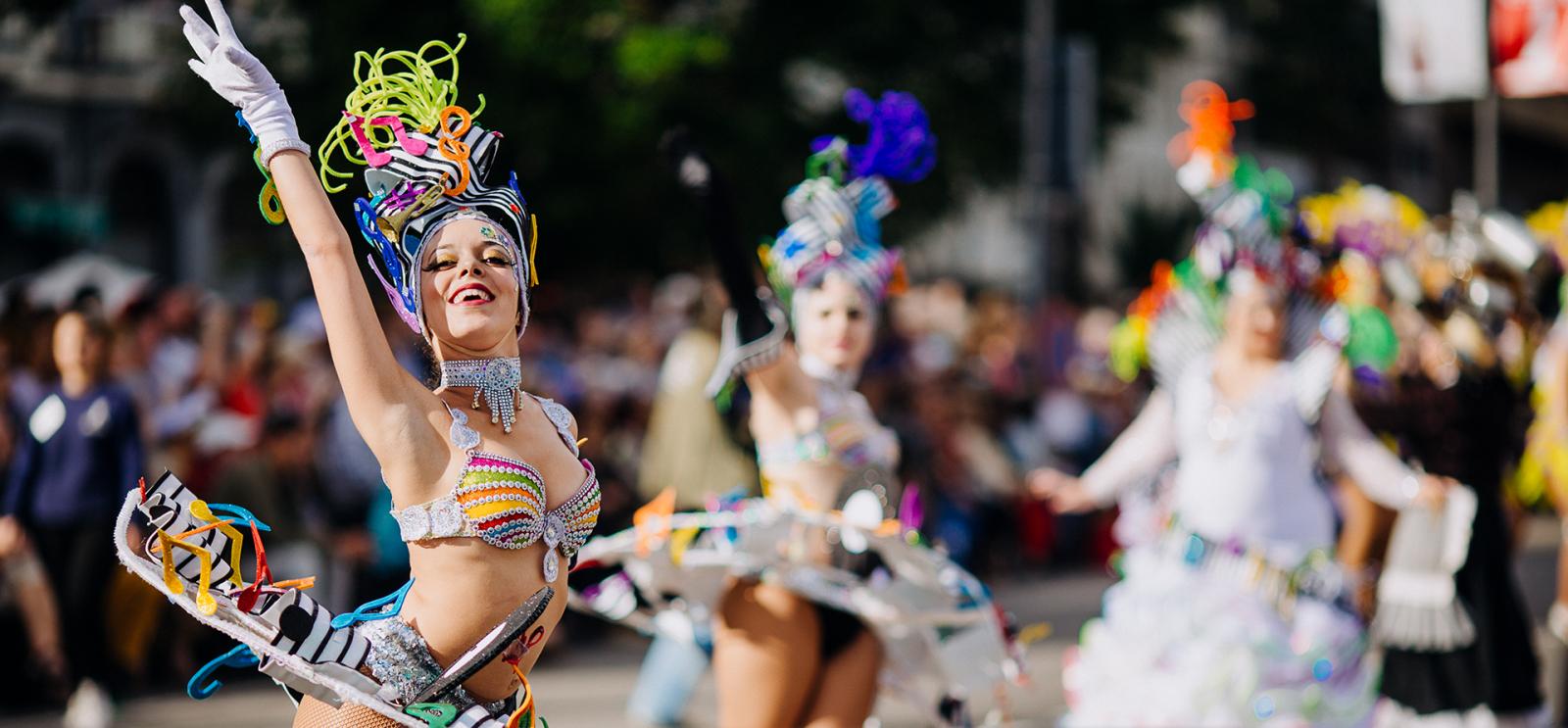
Carnival festivities
One of the most popular local festivities in the Canary Islands is carnival. Much more than a celebration, carnival is the quintessential Canary Island festivity. An explosion of joy and colour, of rhythm and movement, that floods the streets. All day and all night, to the beat of the drums and Latin music. The best way to enjoy it is to paint your face and merge into the crowds. There’s a reason why the carnivals on the islands, especially in Tenerife and Gran Canaria, are among the best in the world and attract thousands of tourists every year.
Very Canarian traditions
As well as the carnivals, there are some other well-attended fiestas that are held in the Canary Islands, and experienced with great passion on each of the islands: romerías. Full of colour, these celebrations honour the agricultural tradition of each region with typical music and dancing, sports with a character very peculiar to each island such as Canarian wrestling or garrote, shows, craft displays and naturally, gastronomy.
Especially relevant during the summer, the romerías, or religious pilgrimages, take place in most of the archipelago’s municipalities. Some of them are celebrated everywhere, like the Día de Canarias, whereas others are rooted deep in the tradition of each town or village, most notably the Bajada del Gofio in Agüimes, the Fiestas de la Rama in Agaete and the Romería del Pino in Teror (Gran Canaria), the Virgen del Socorro and San Isidro romerías held in Güimar and La Orotava respectively (Tenerife), the Fiestas de Los Dolores in Tinajo (Lanzarote), the Bajada de la Virgen (La Palma) and the romerías of Virgen de la Peña and El Tanquito in El Cardón (Fuerteventura).
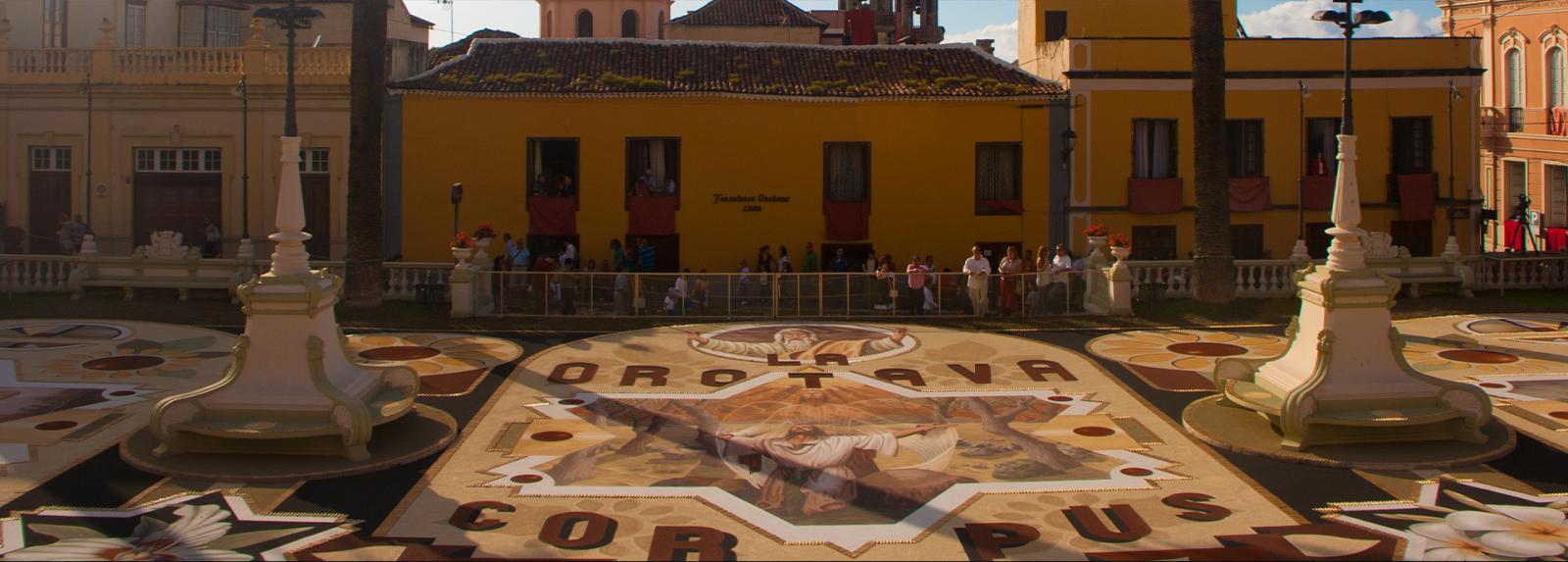
The rhythm of the Canary Islands
Each island has its own music. That’s the explanation in the Canary Islands for all the different styles of folk music (‘parrandas’, ‘isas’, ‘malagueñas’, ‘seguidillas’ and ‘folías’) that accompany the various ‘romerías’, which are local festivities held in every town and village in the Canary Islands Archipelago. Along with the melodies played on typical local instruments, such as the ‘timple’ (a traditional string instrument) or ‘chácaras’ (a type of castanet used on La Gomera), there are also dances: the tango on El Hierro, the ‘tajaraste’ on La Gomera and the ‘sirinoque’ on La Palma, which the locals dance in beautiful traditional outfits embroidered by hand in colourful thread.
To find out a little more about what has influenced Canarian music, you could do no better than take a trip to the Casa Museo del Timple, a museum located in Teguise (Lanzarote), or the Néstor Álamo Museum in Gran Canaria.


